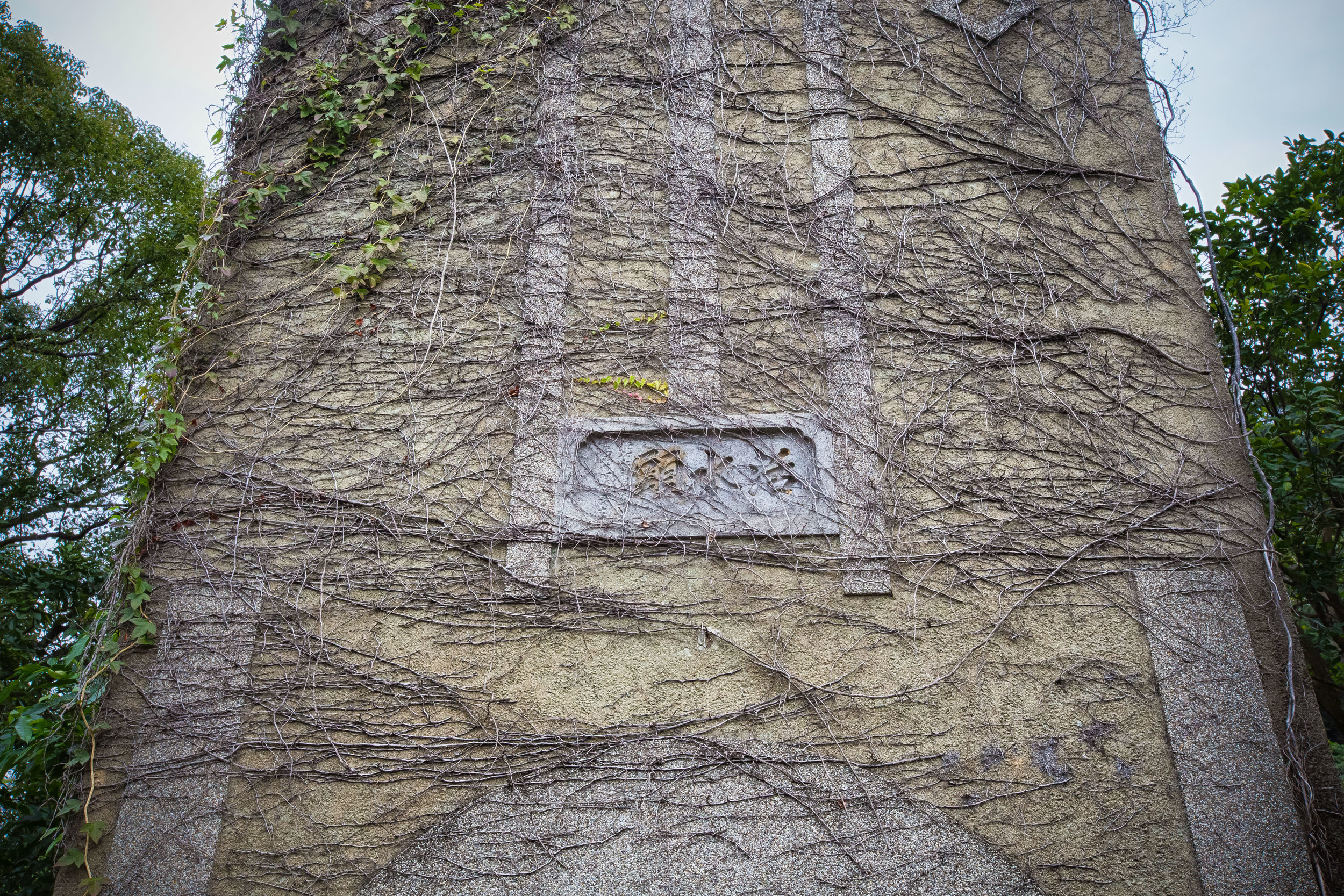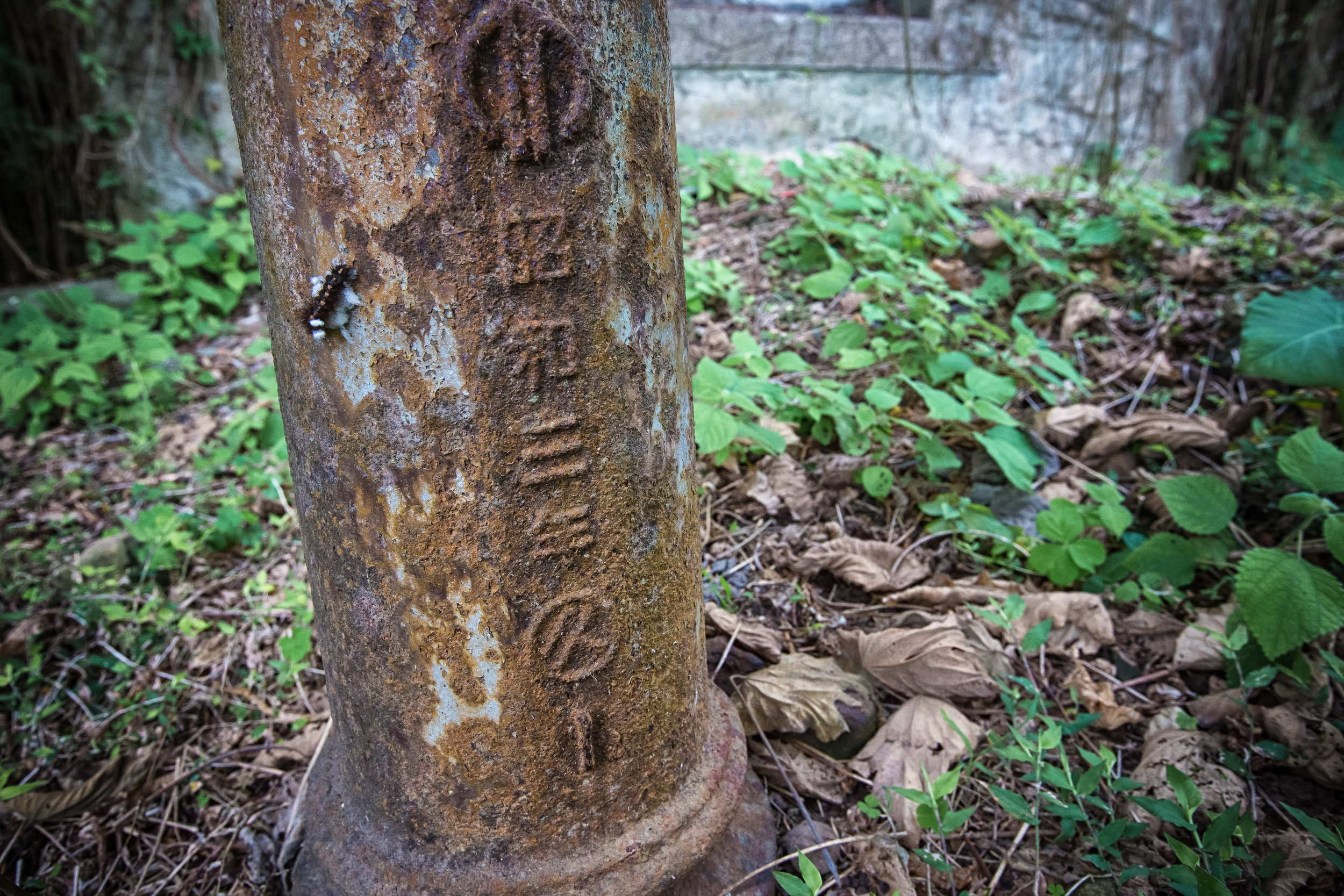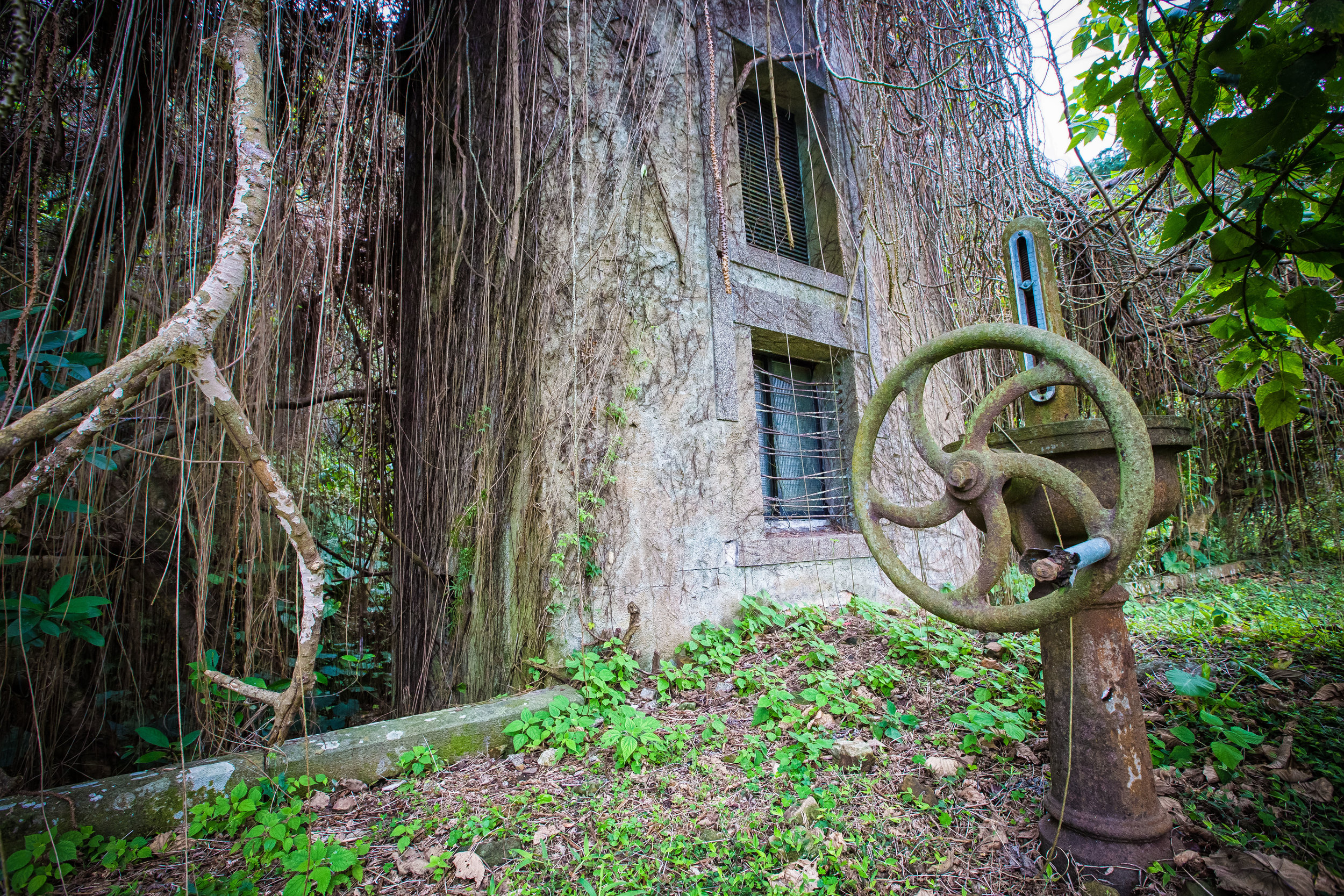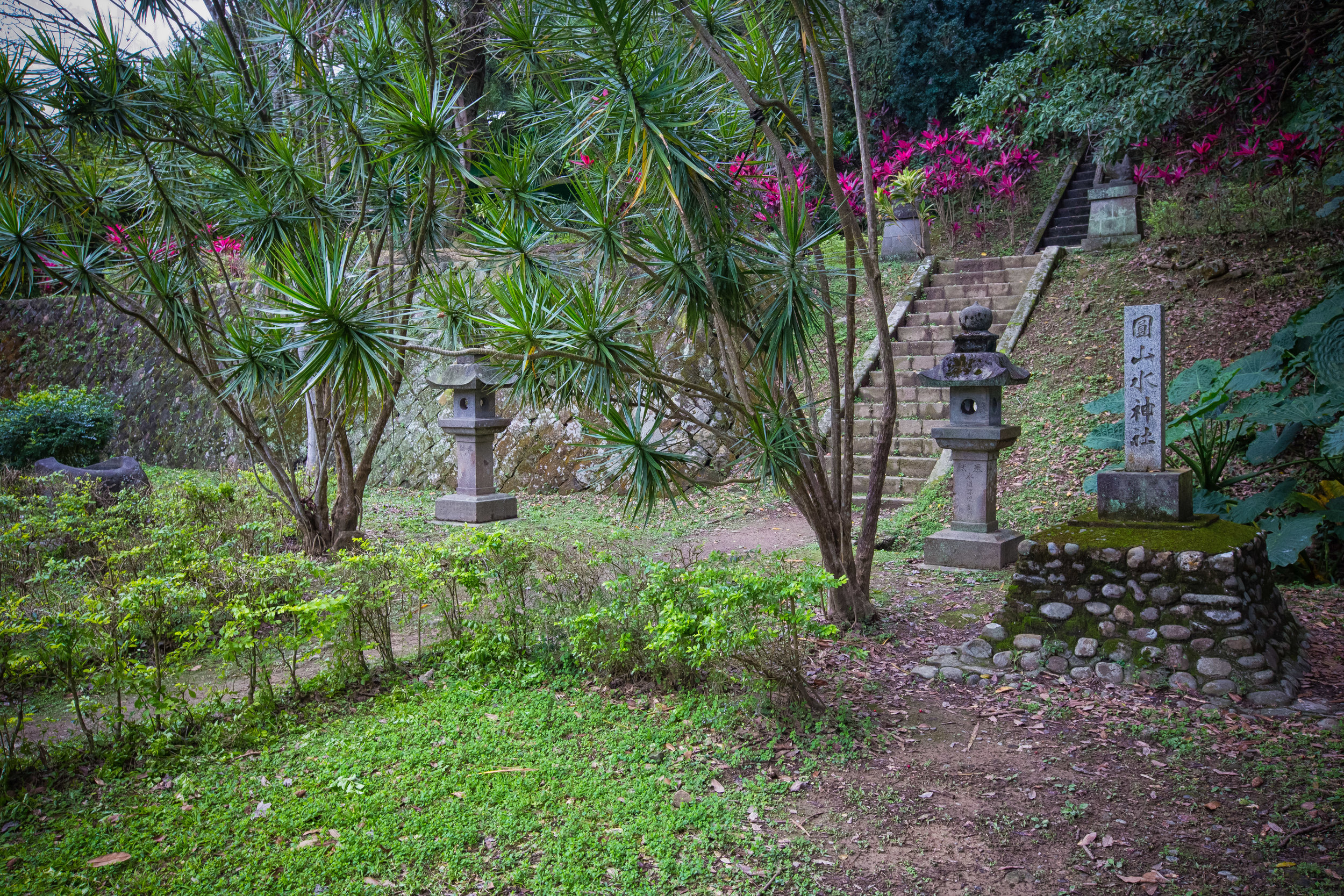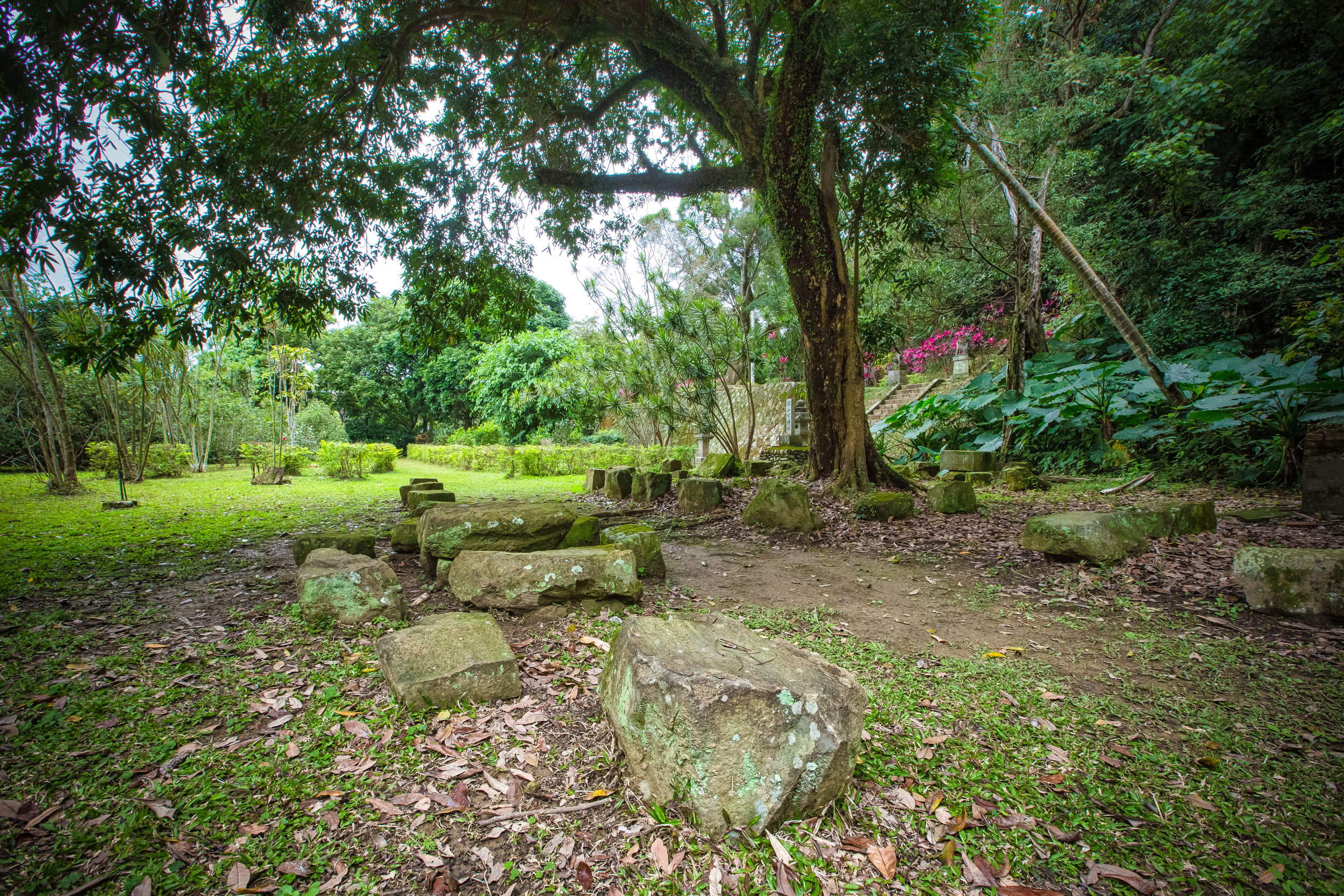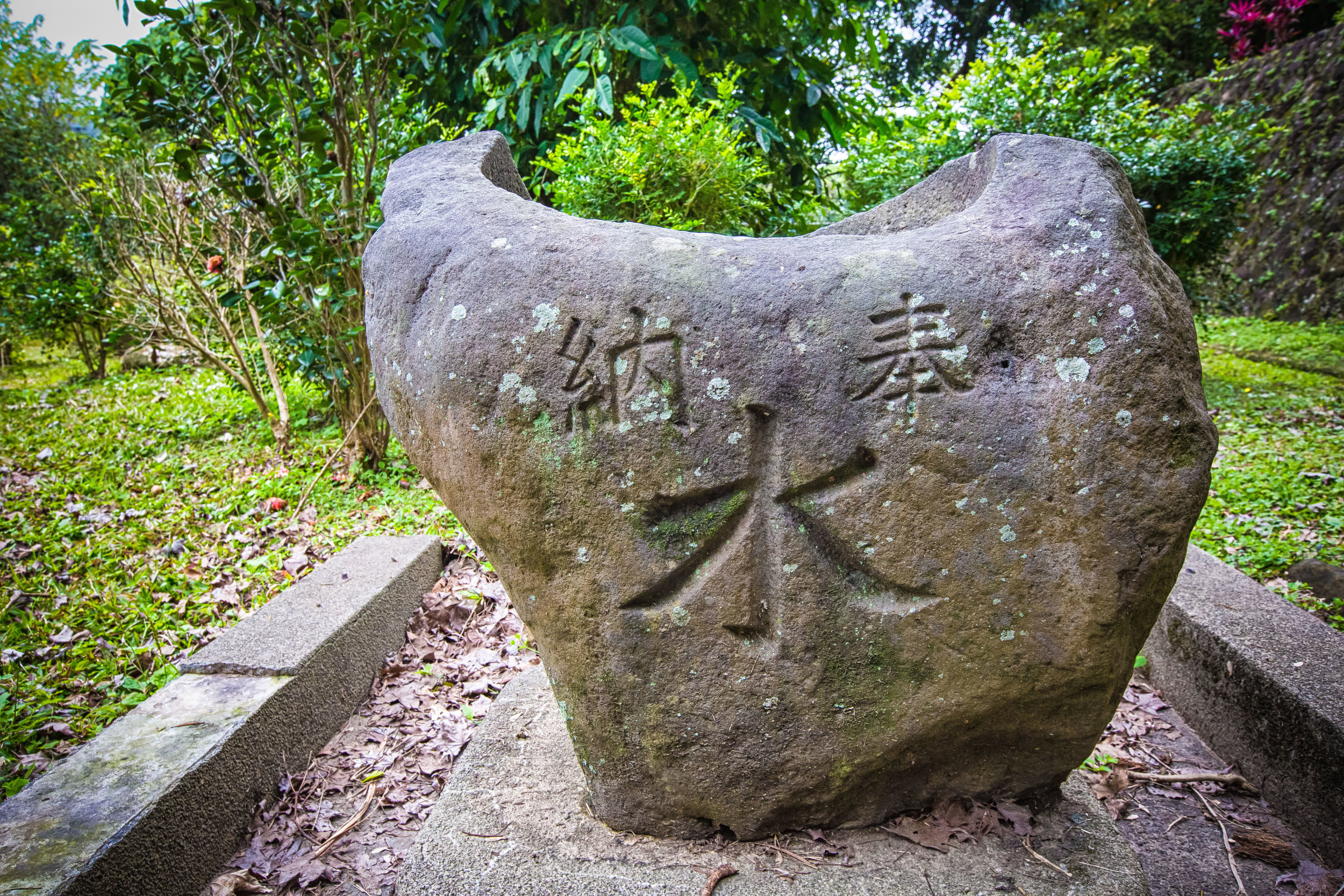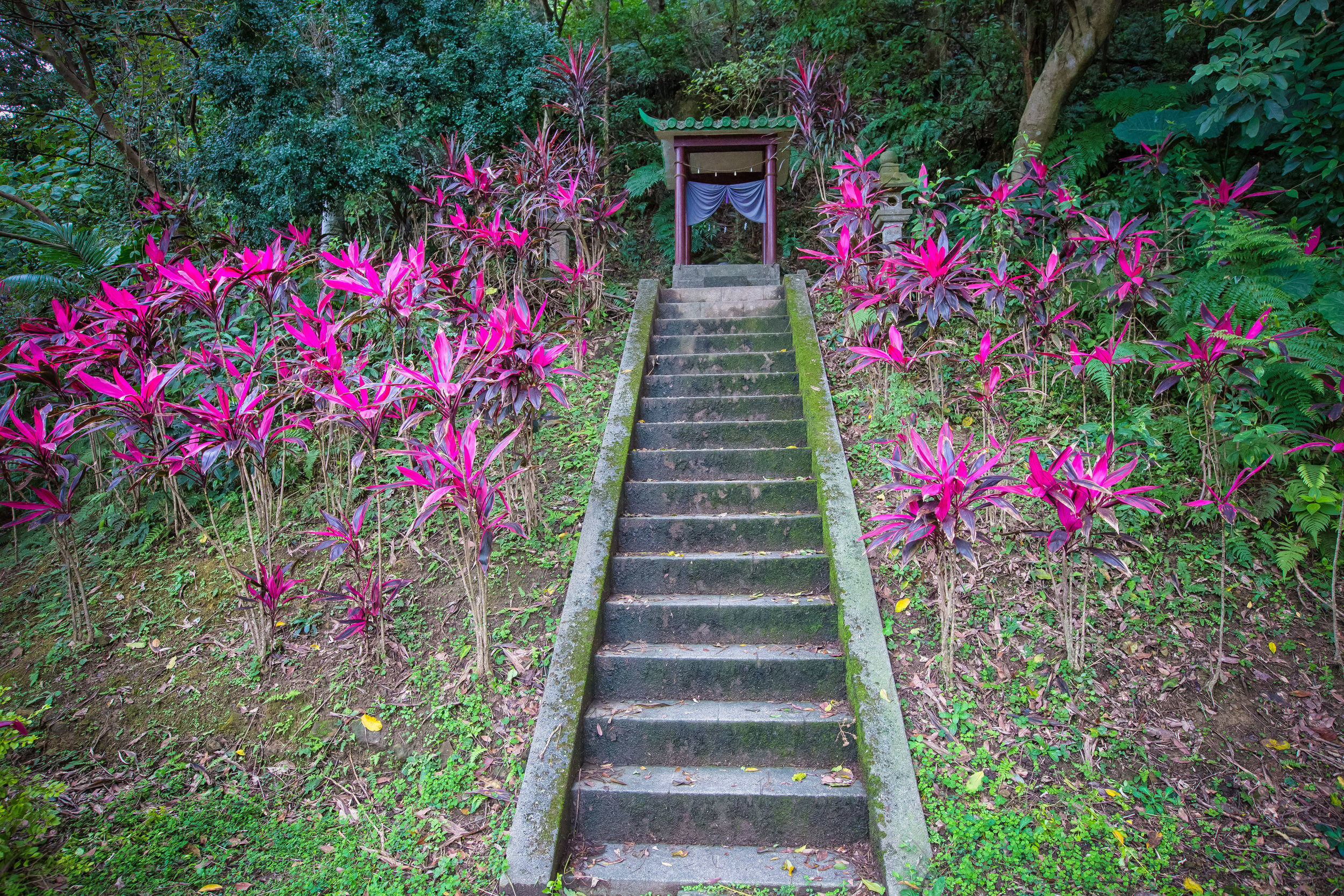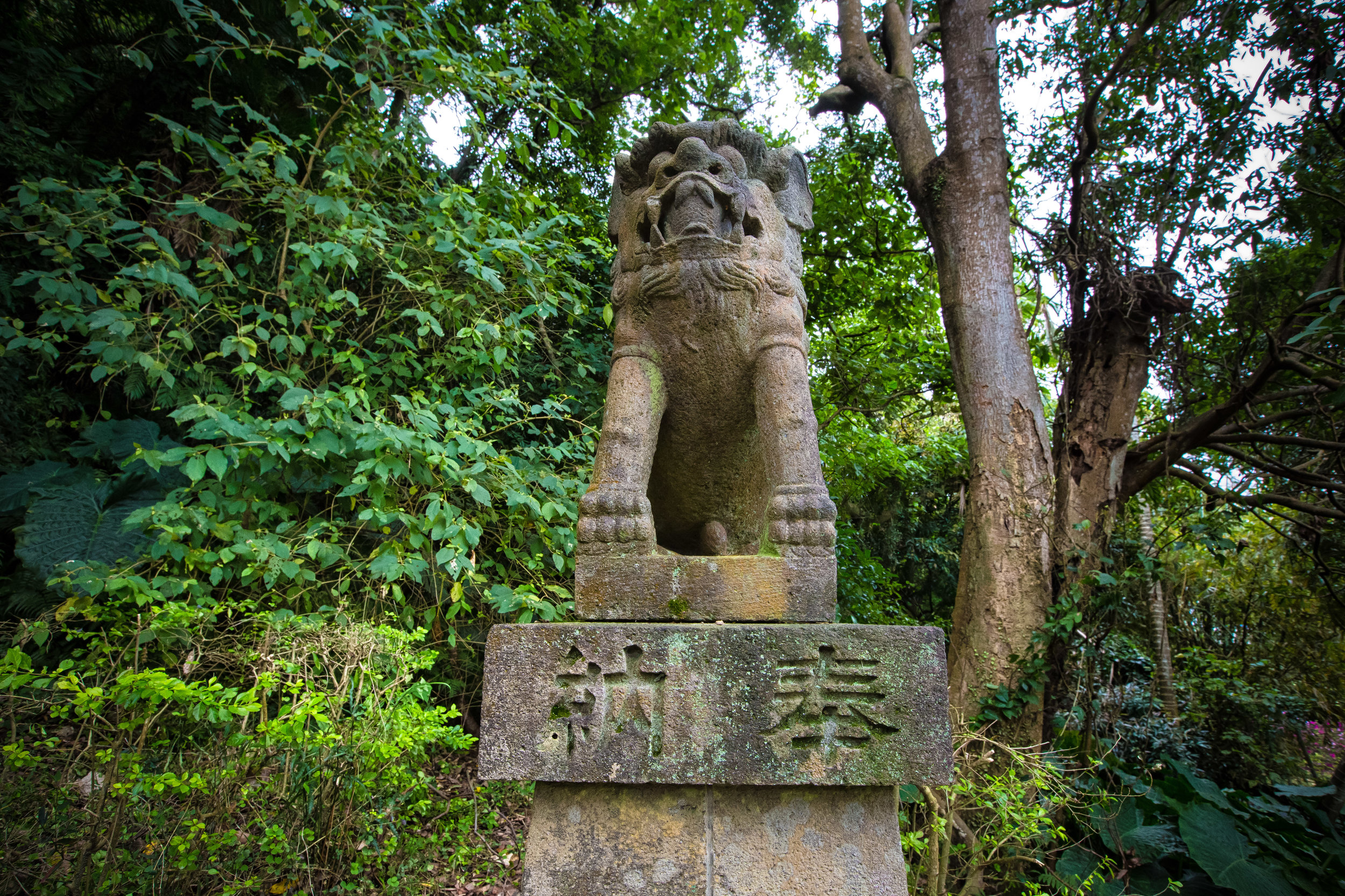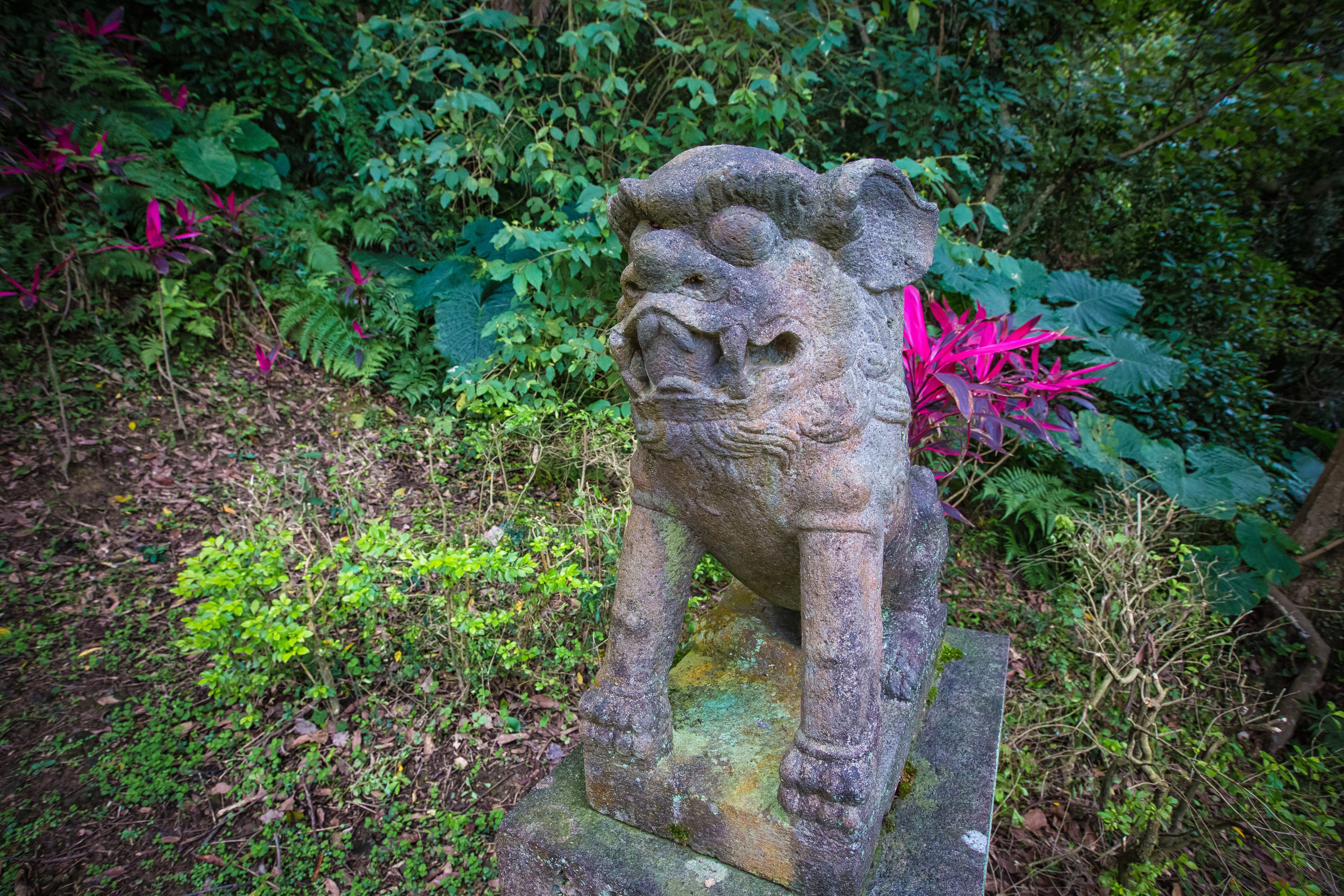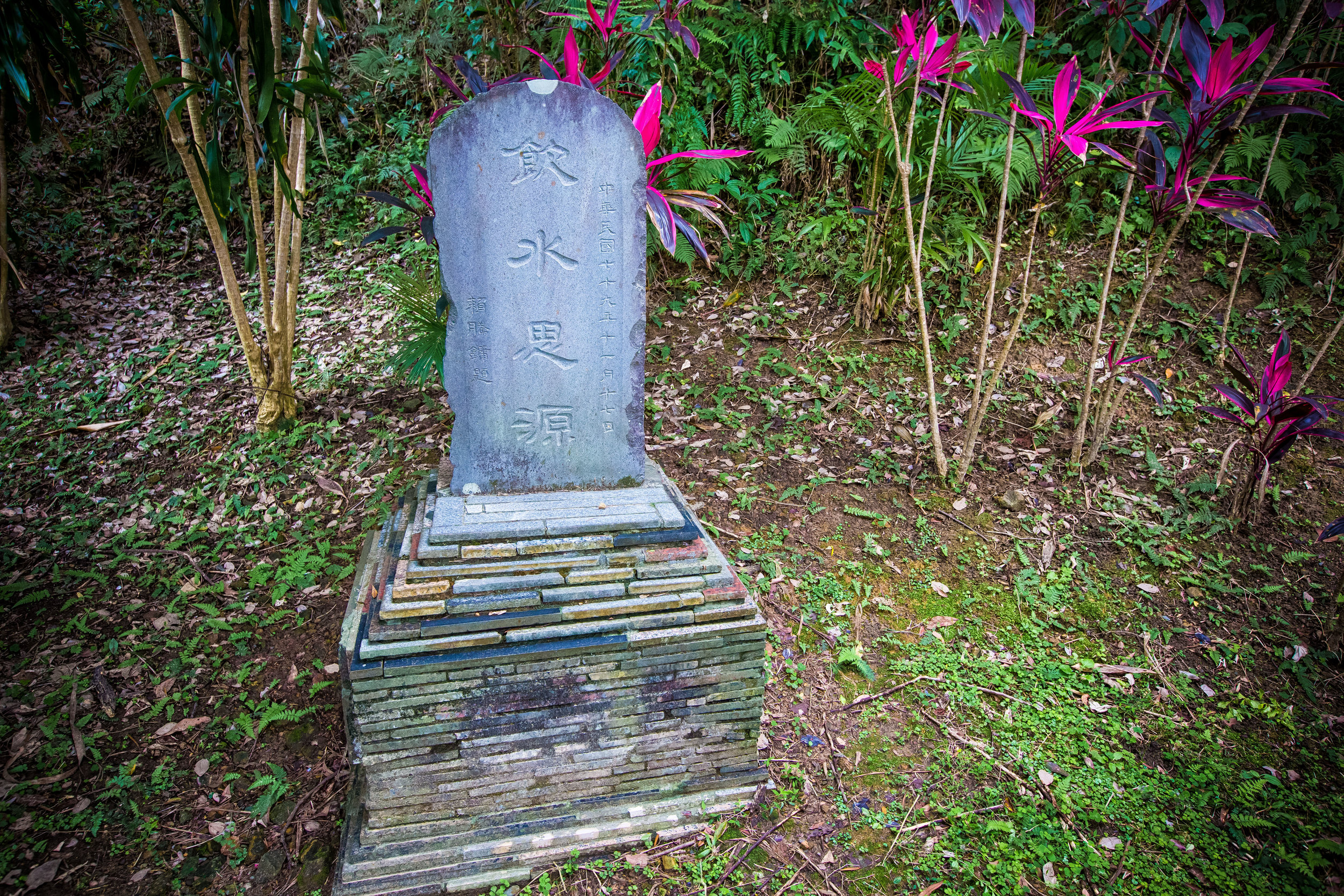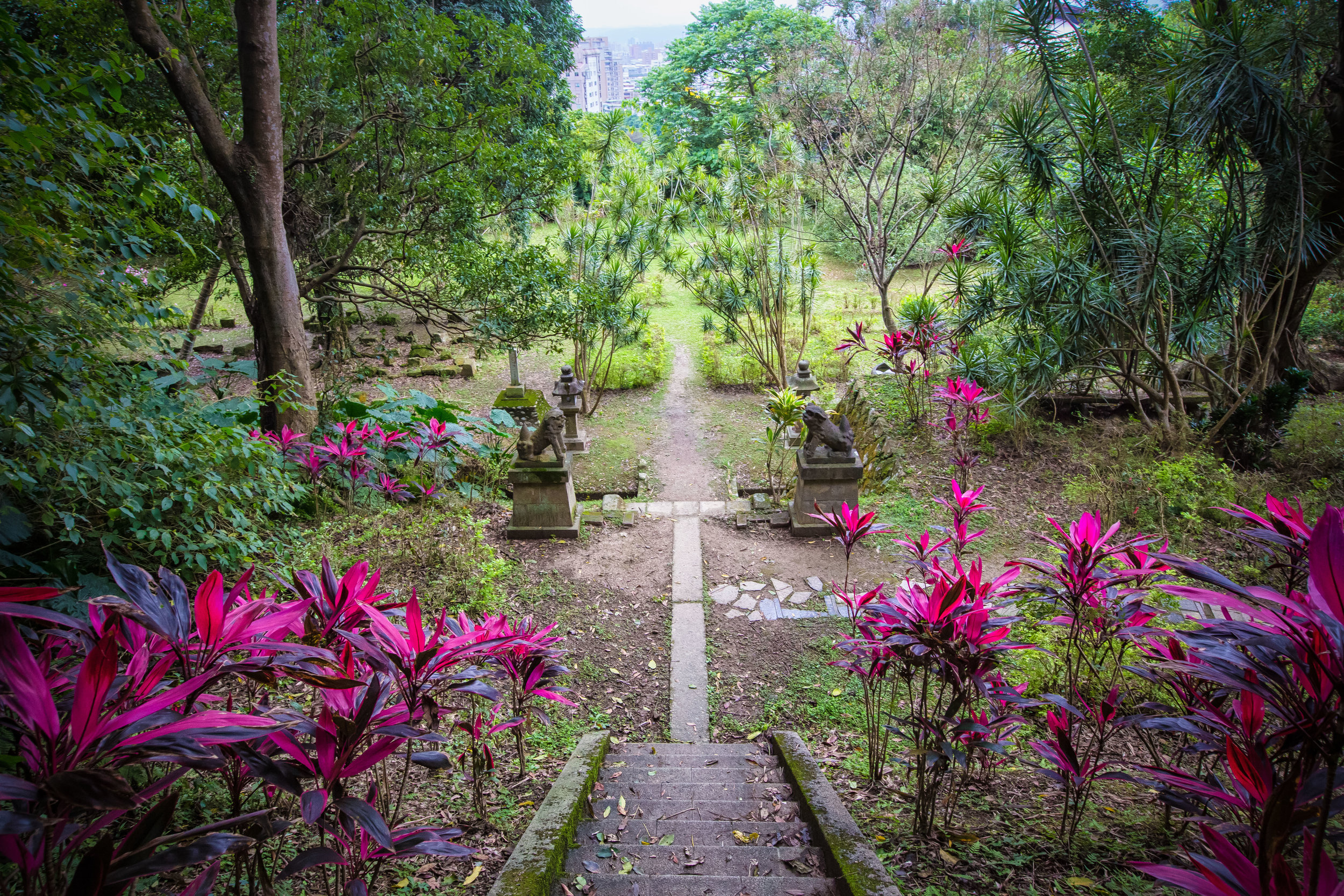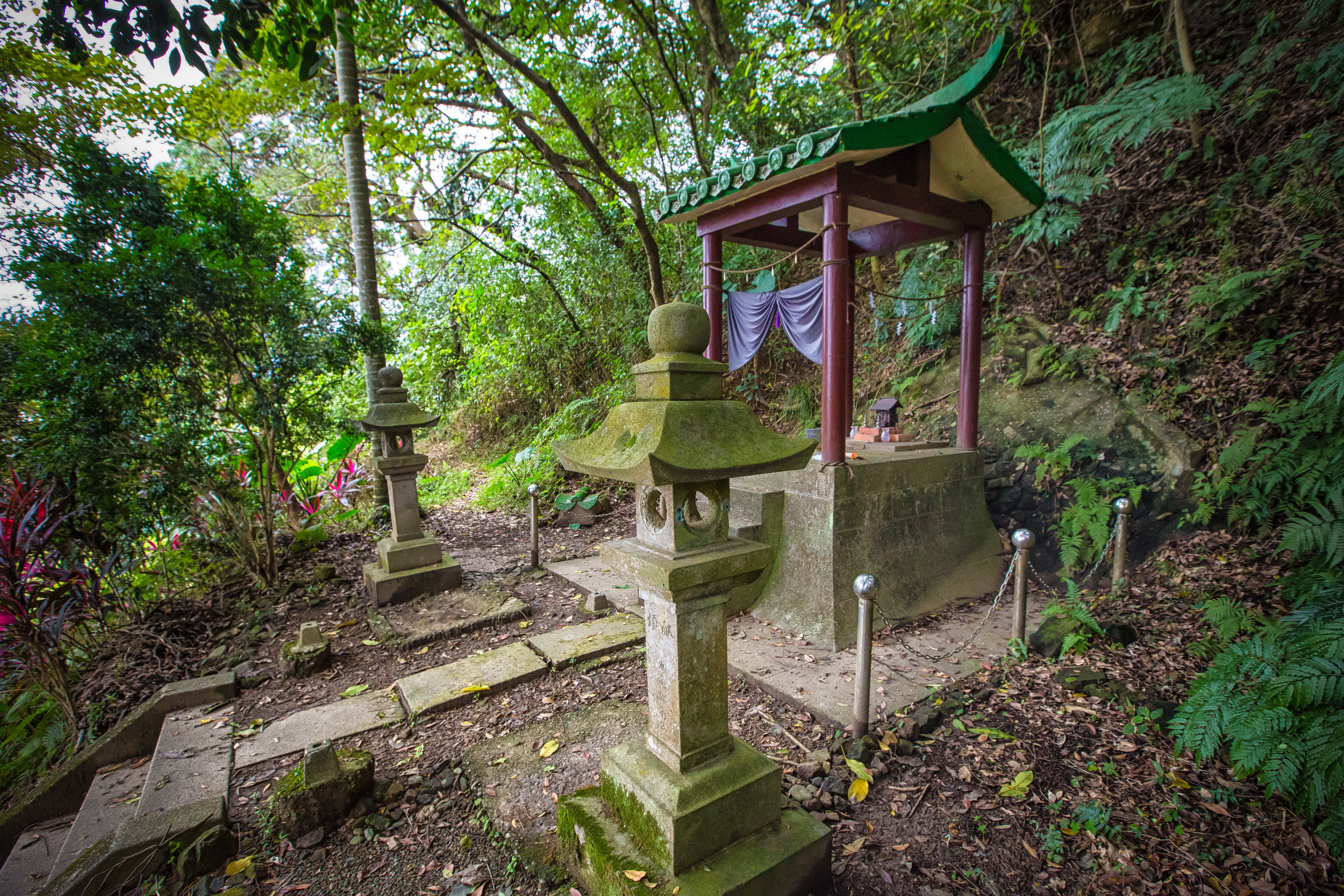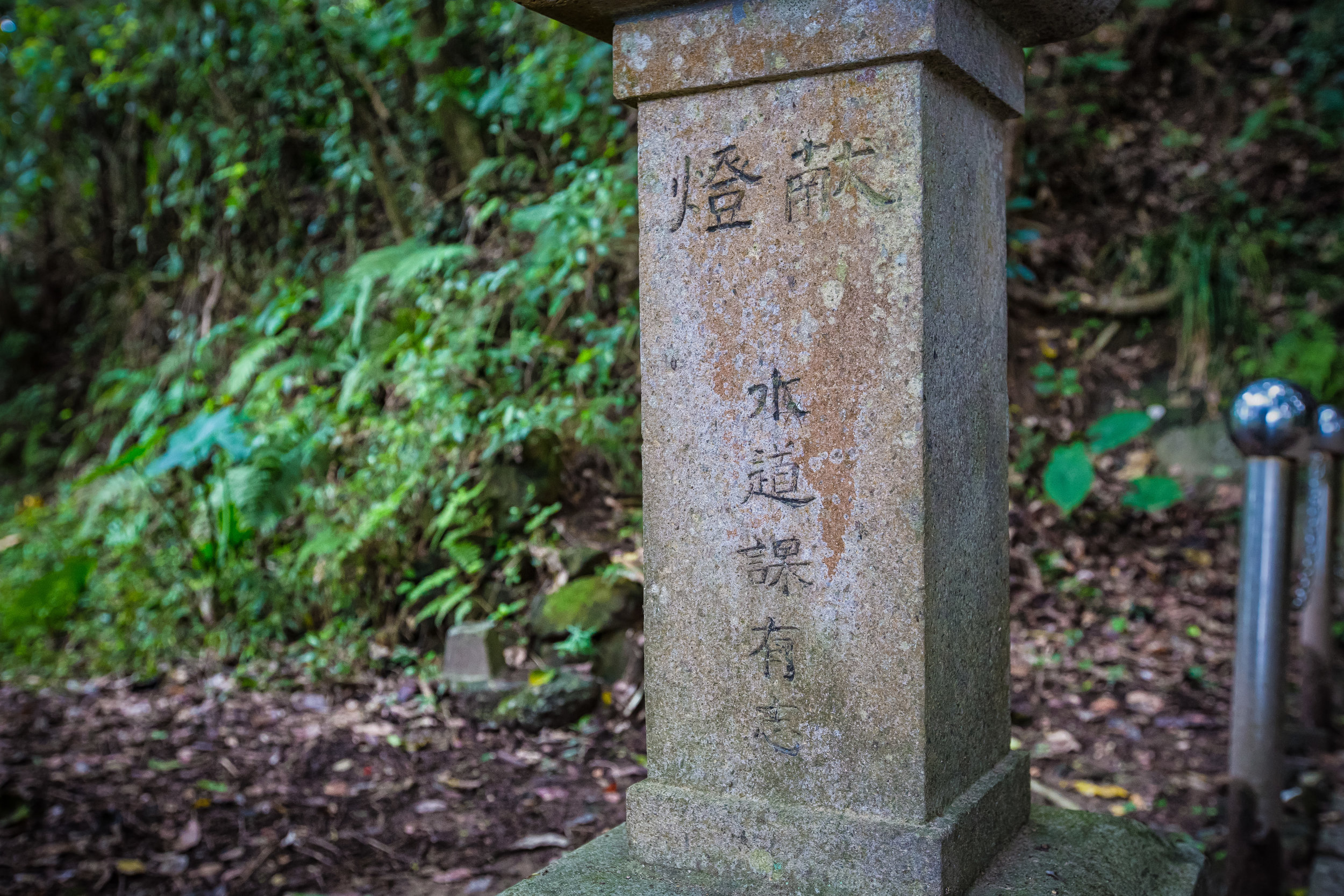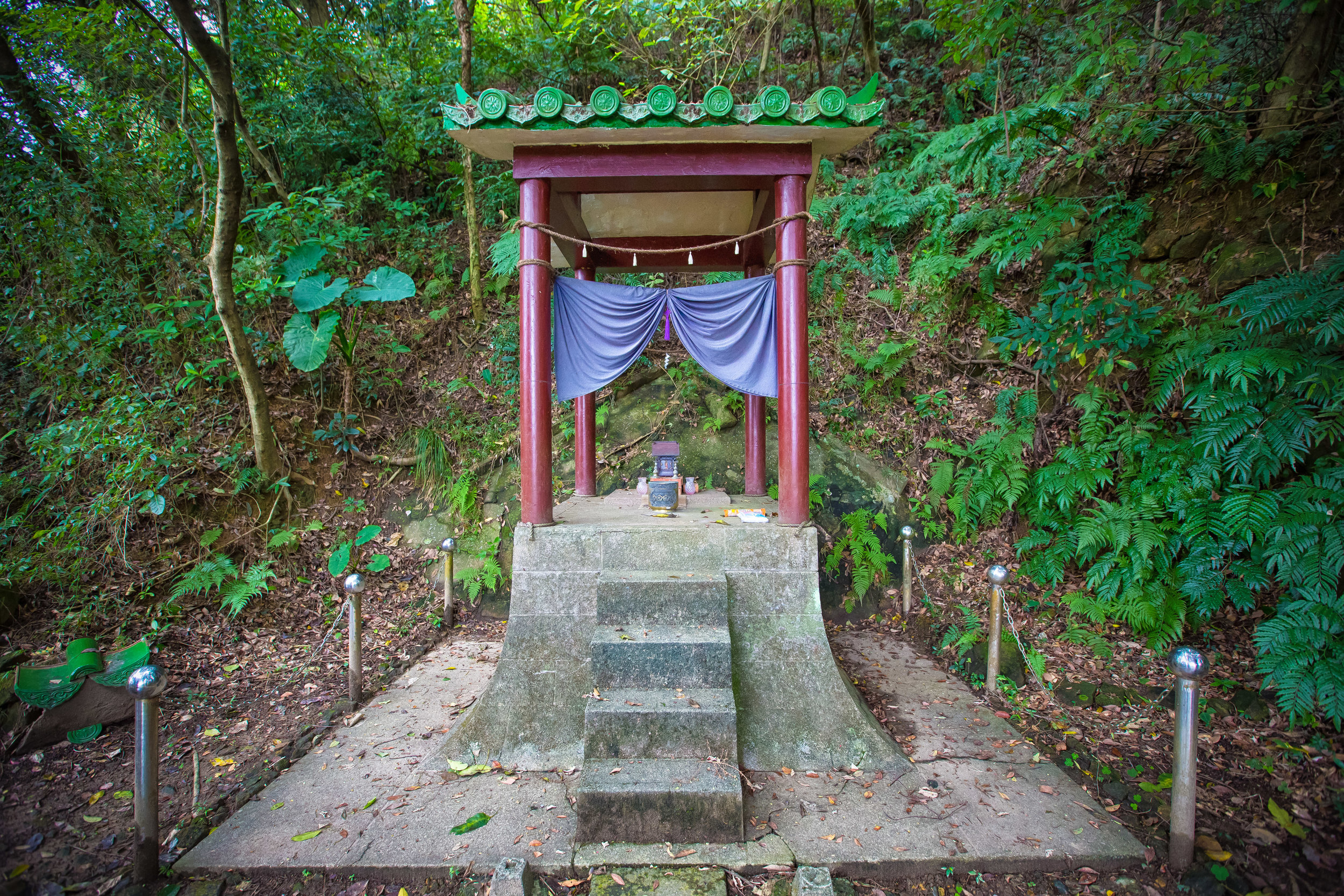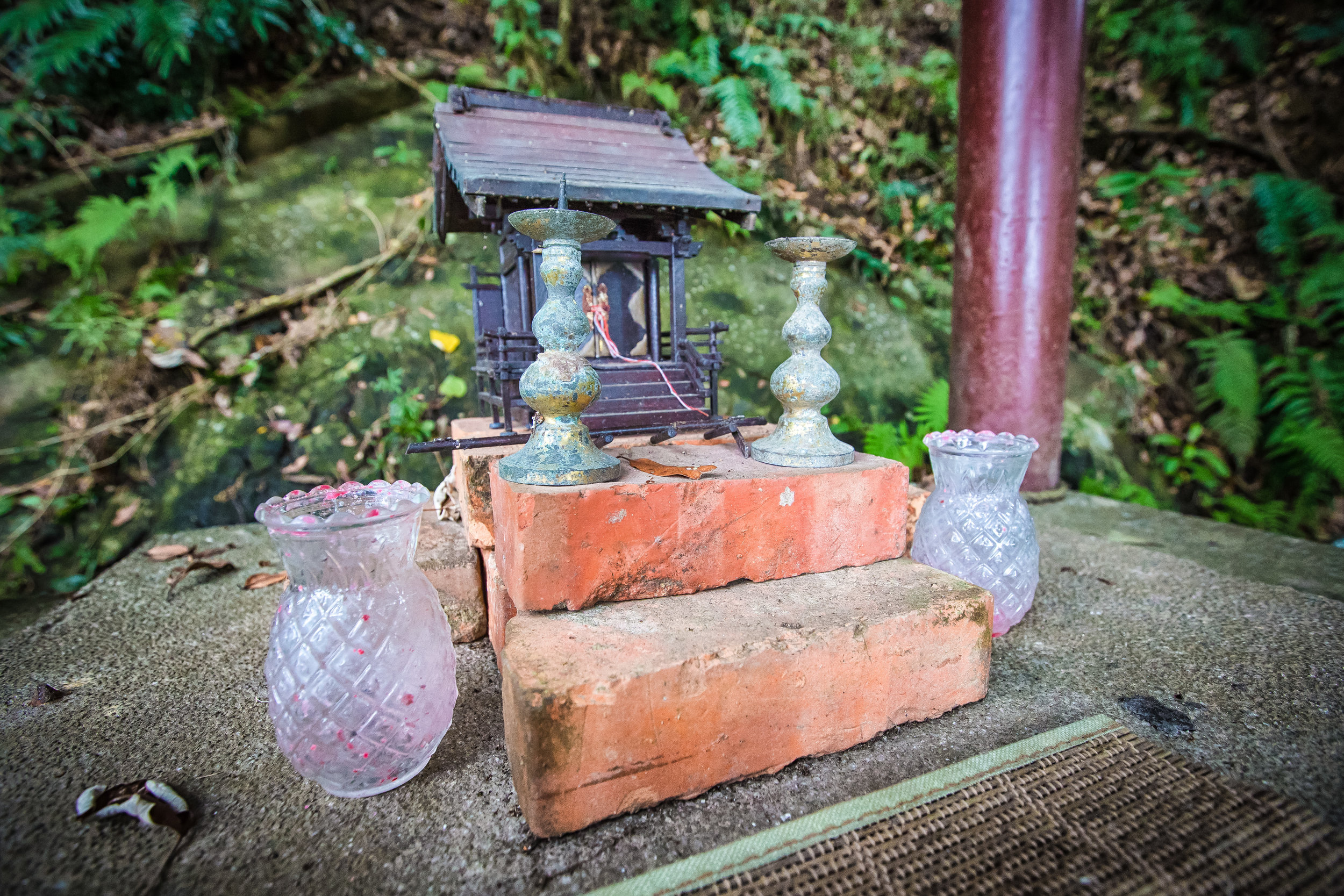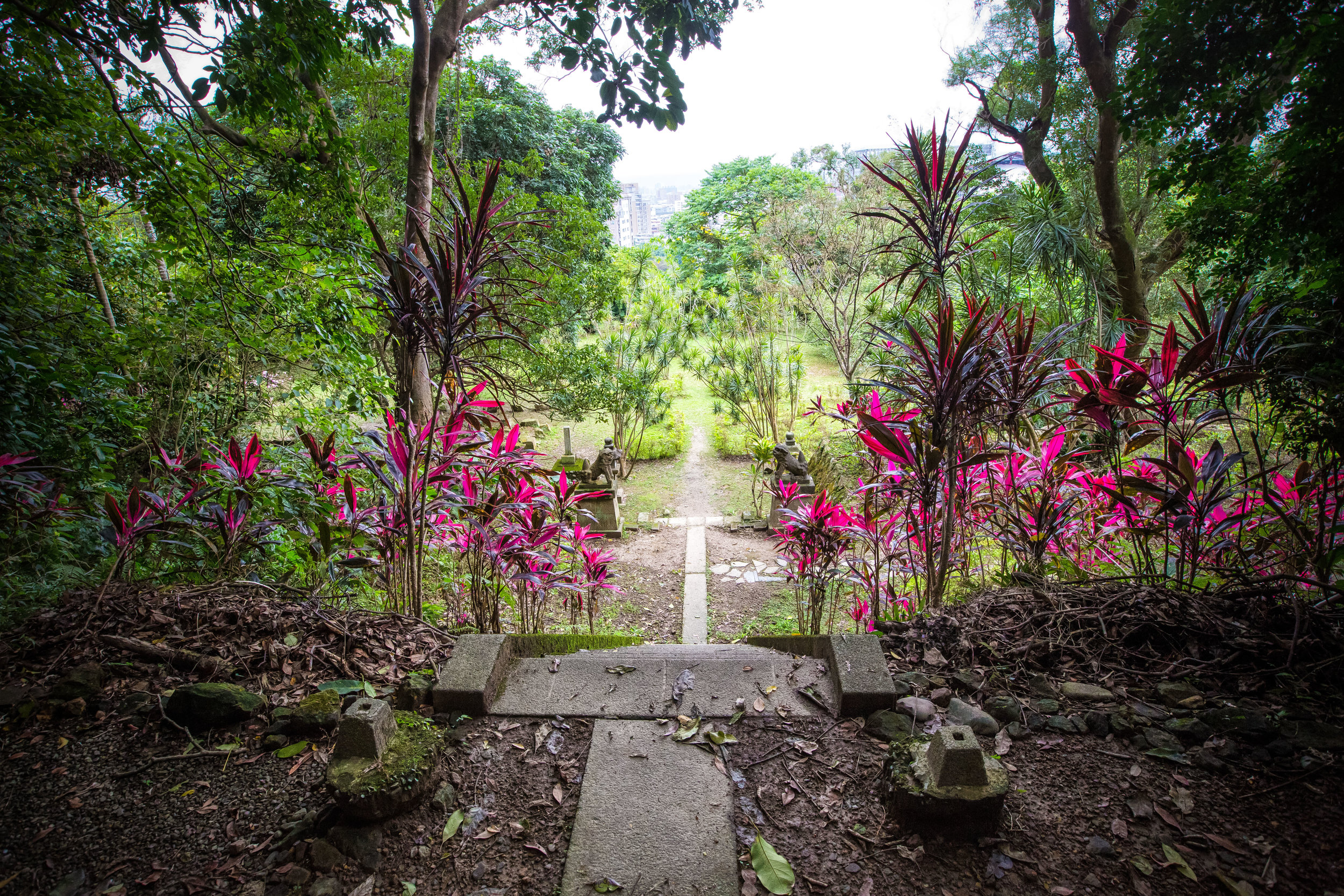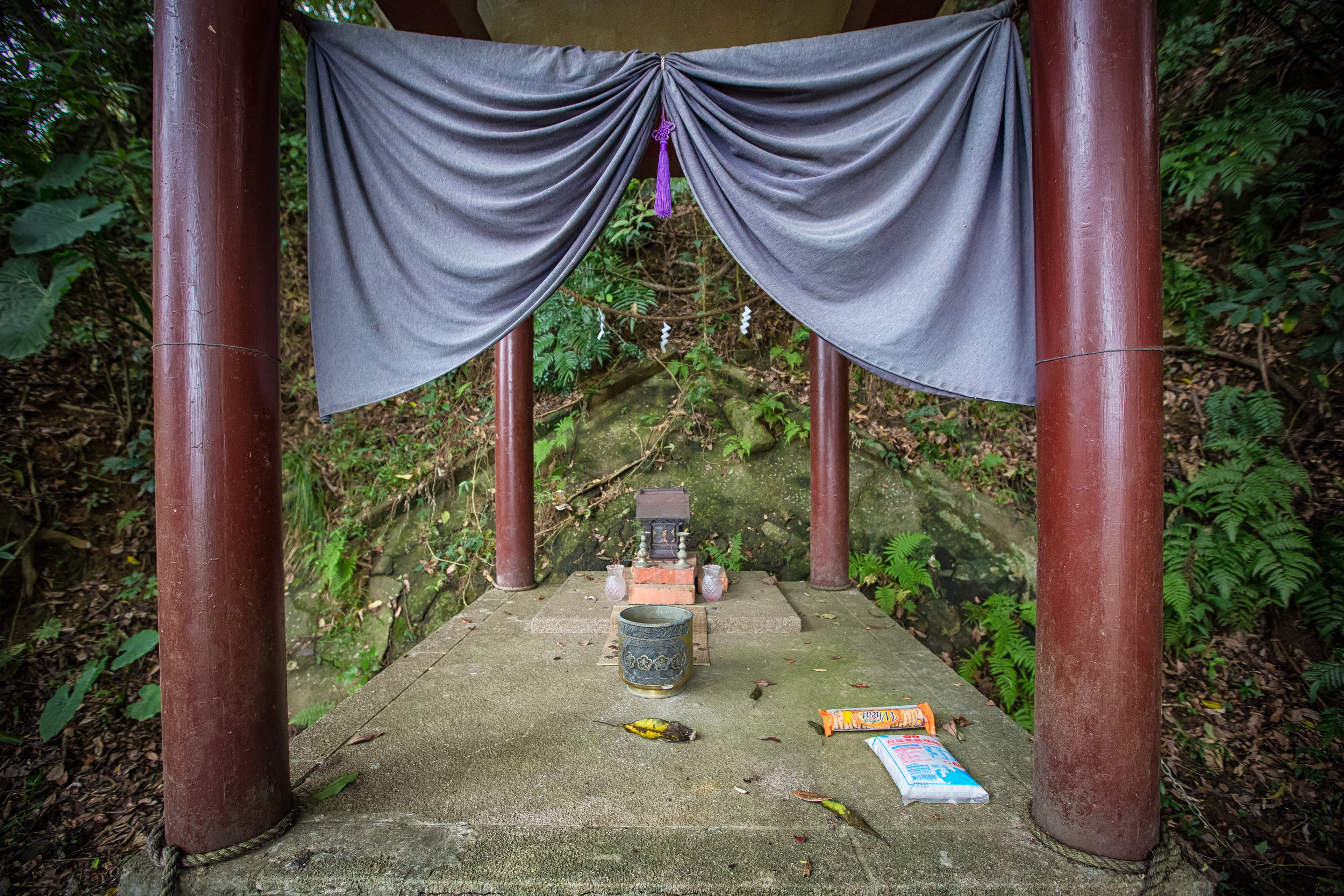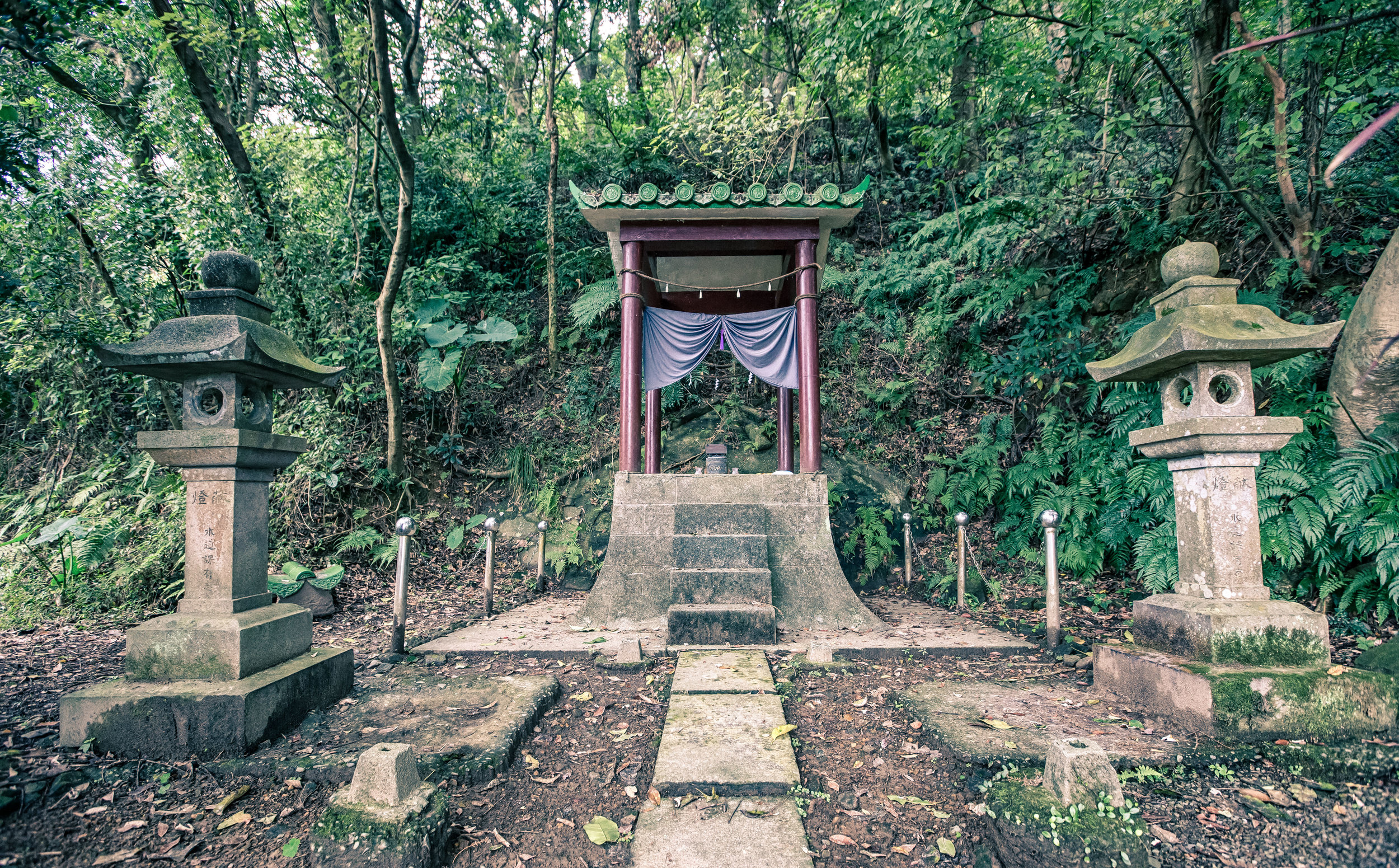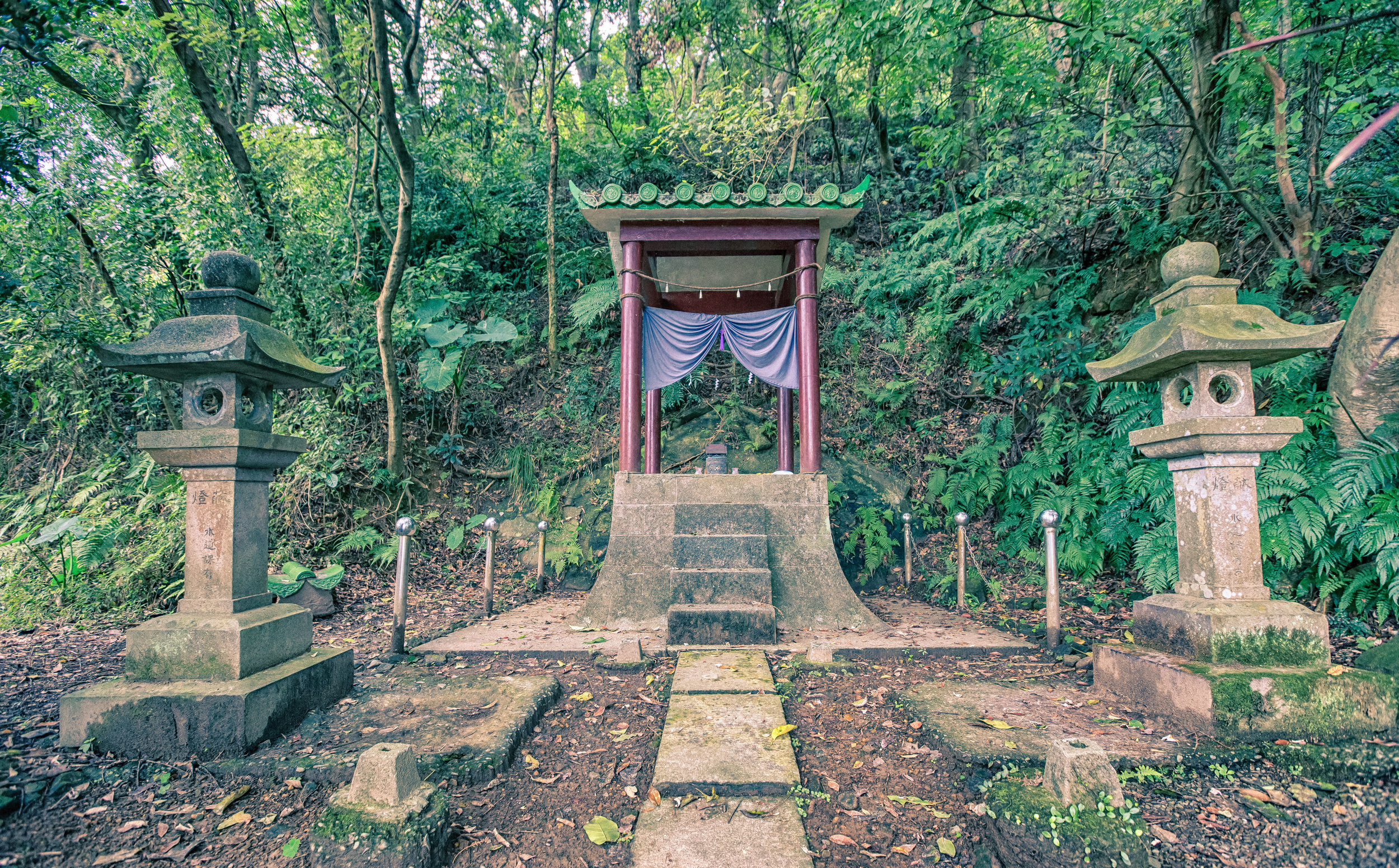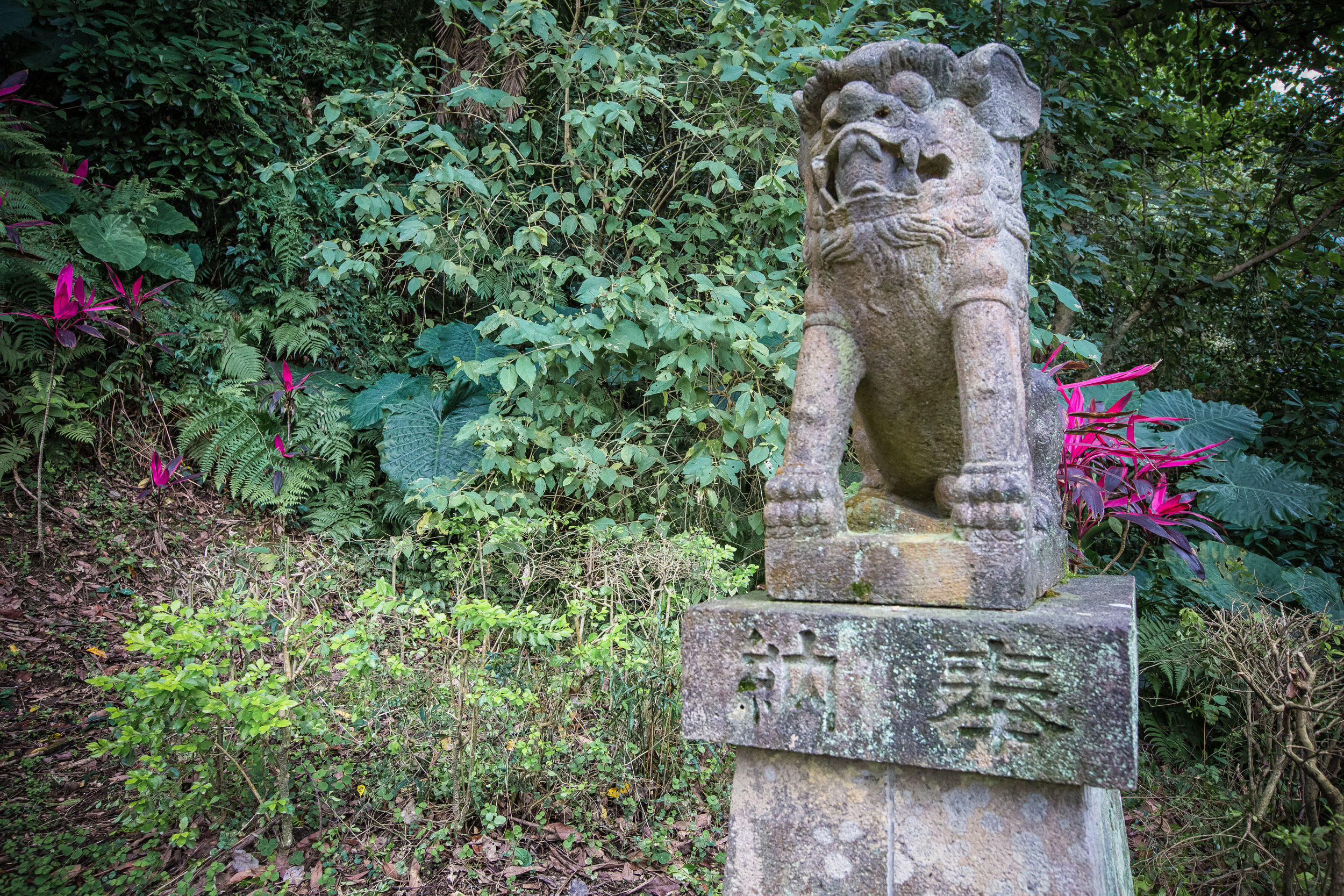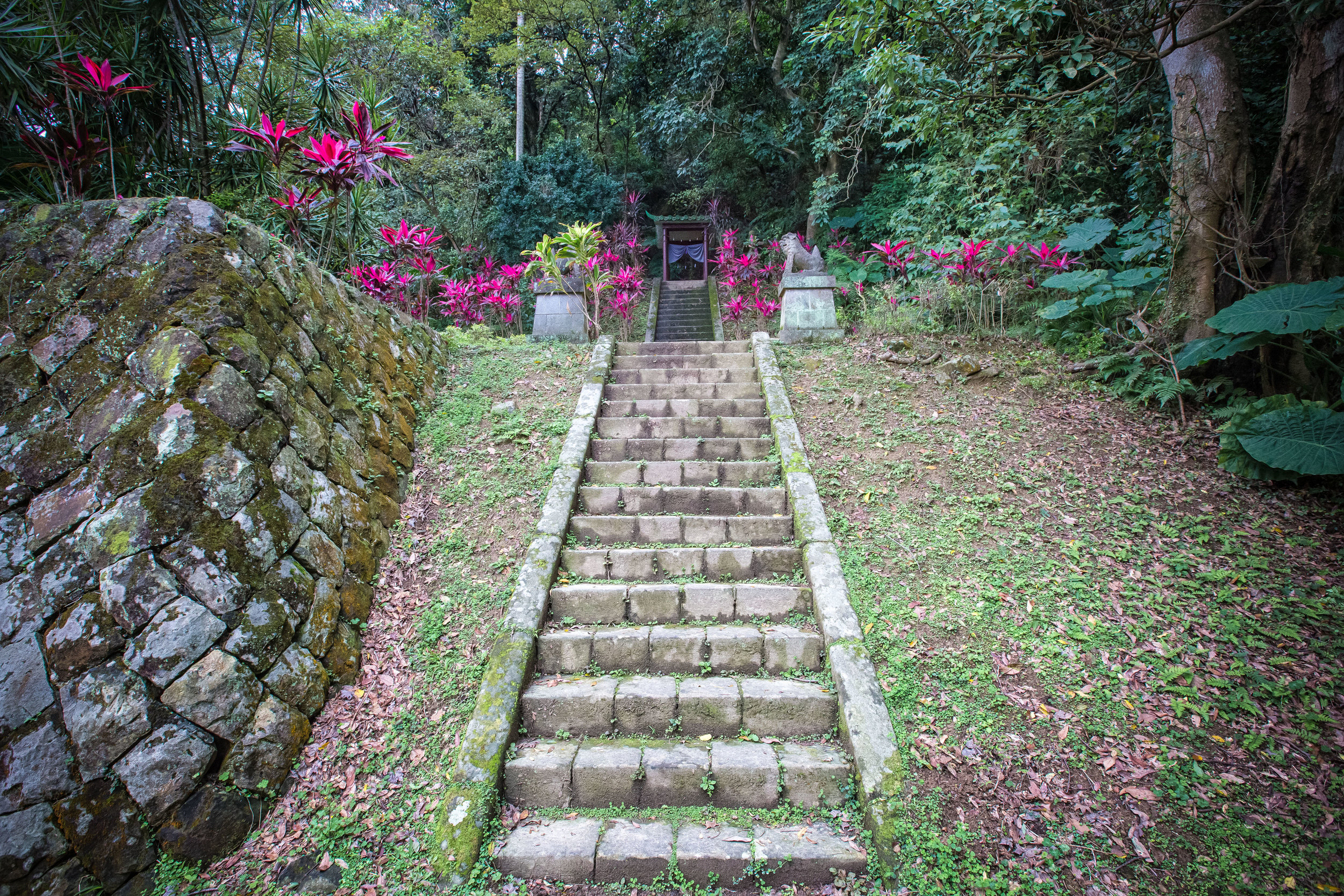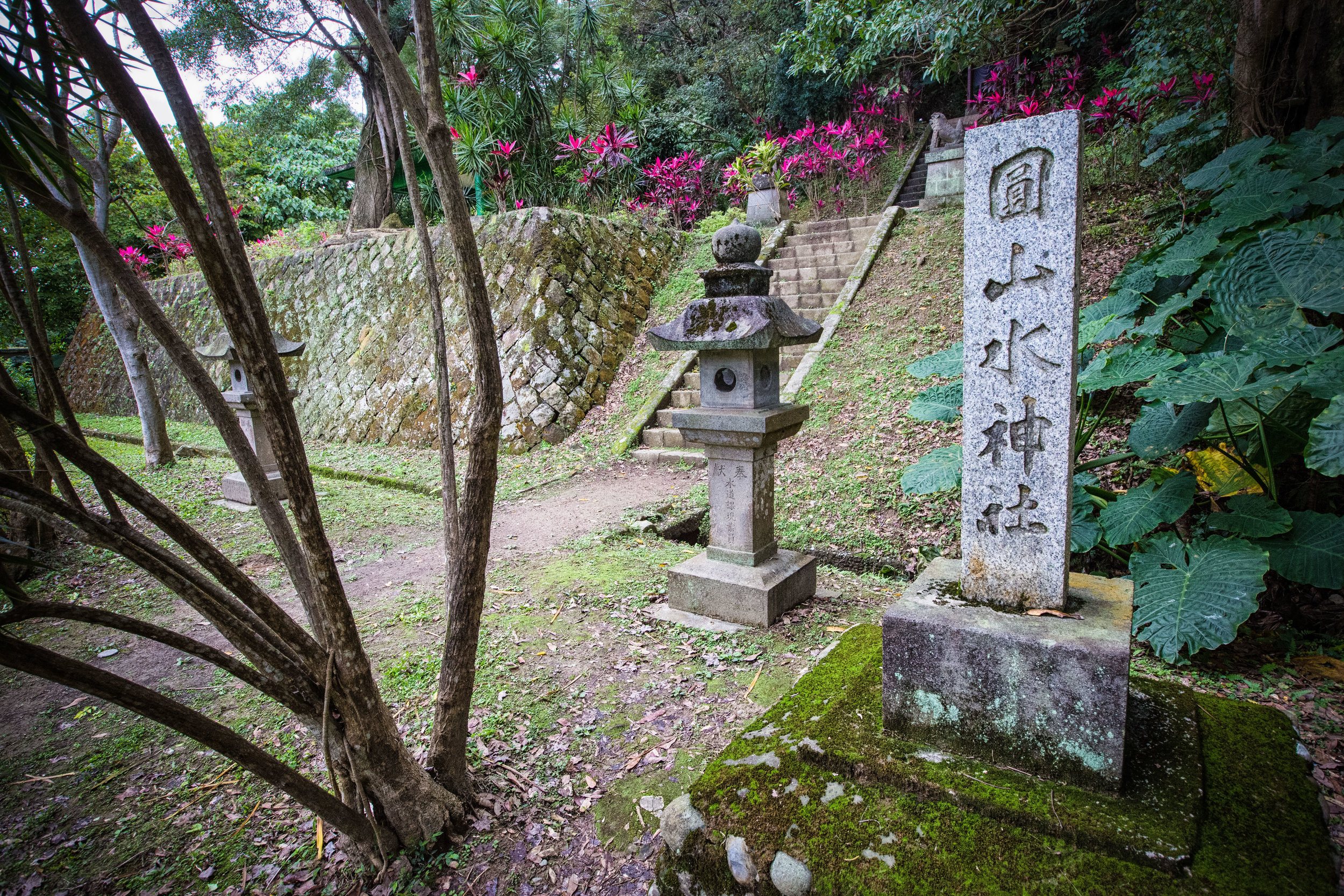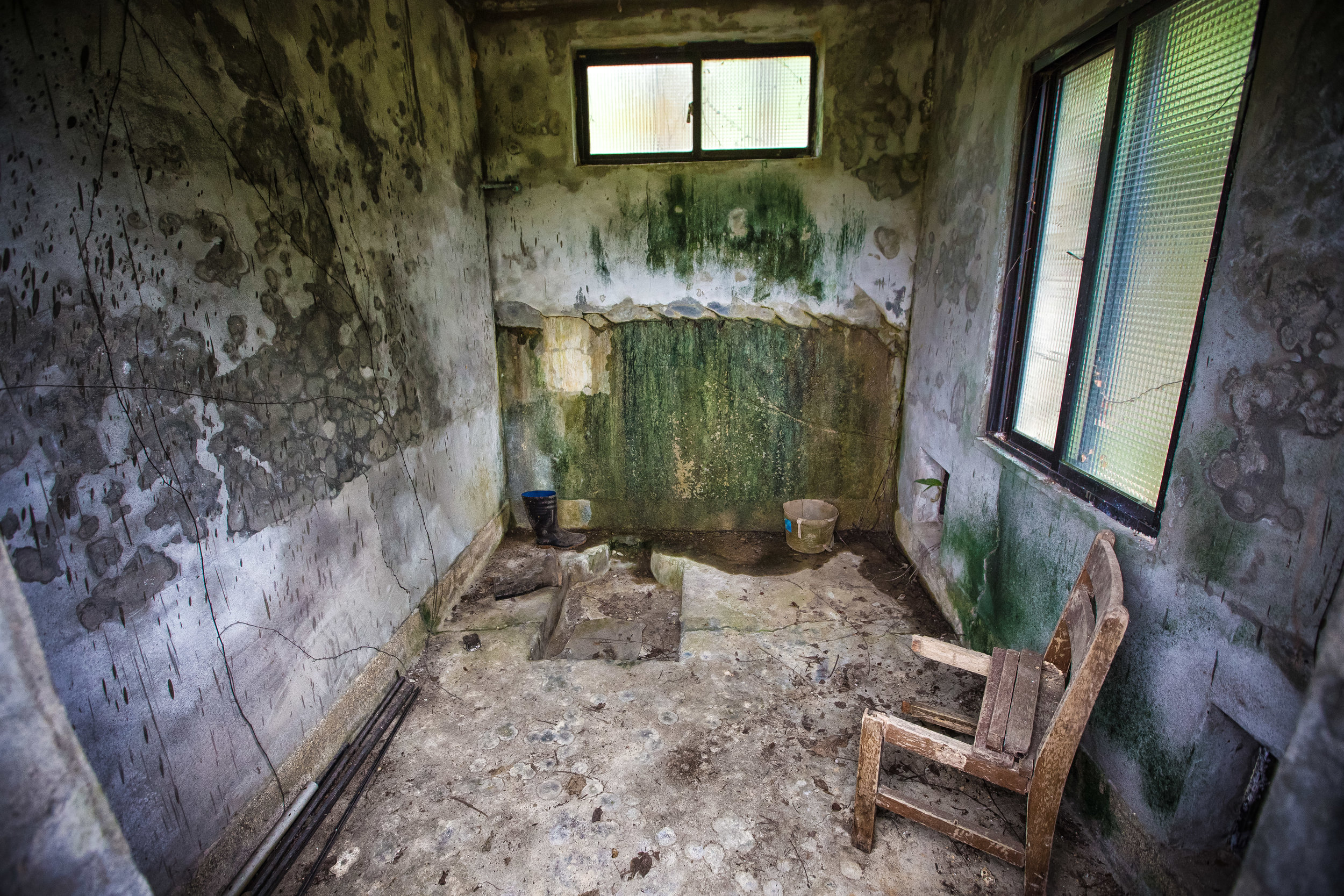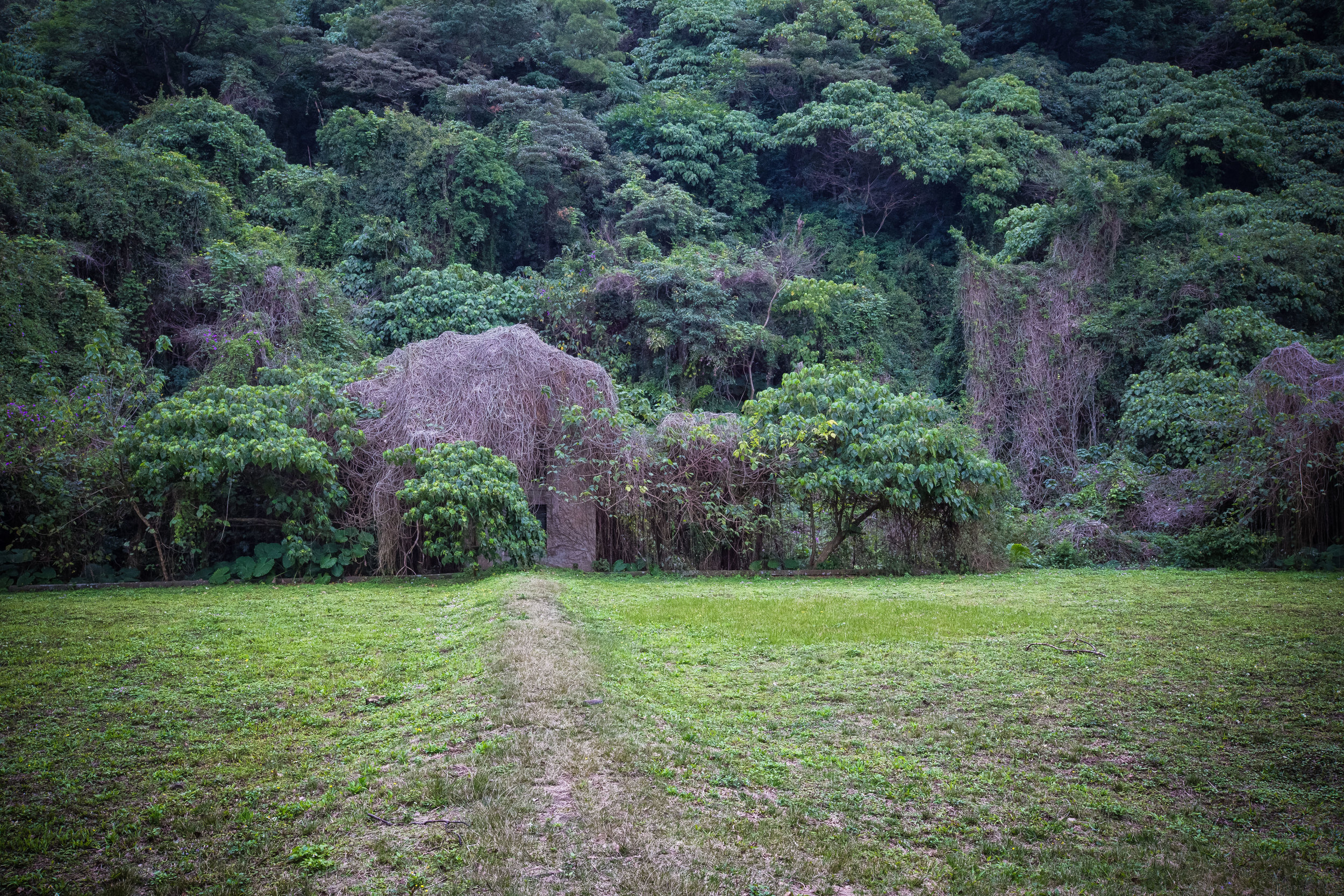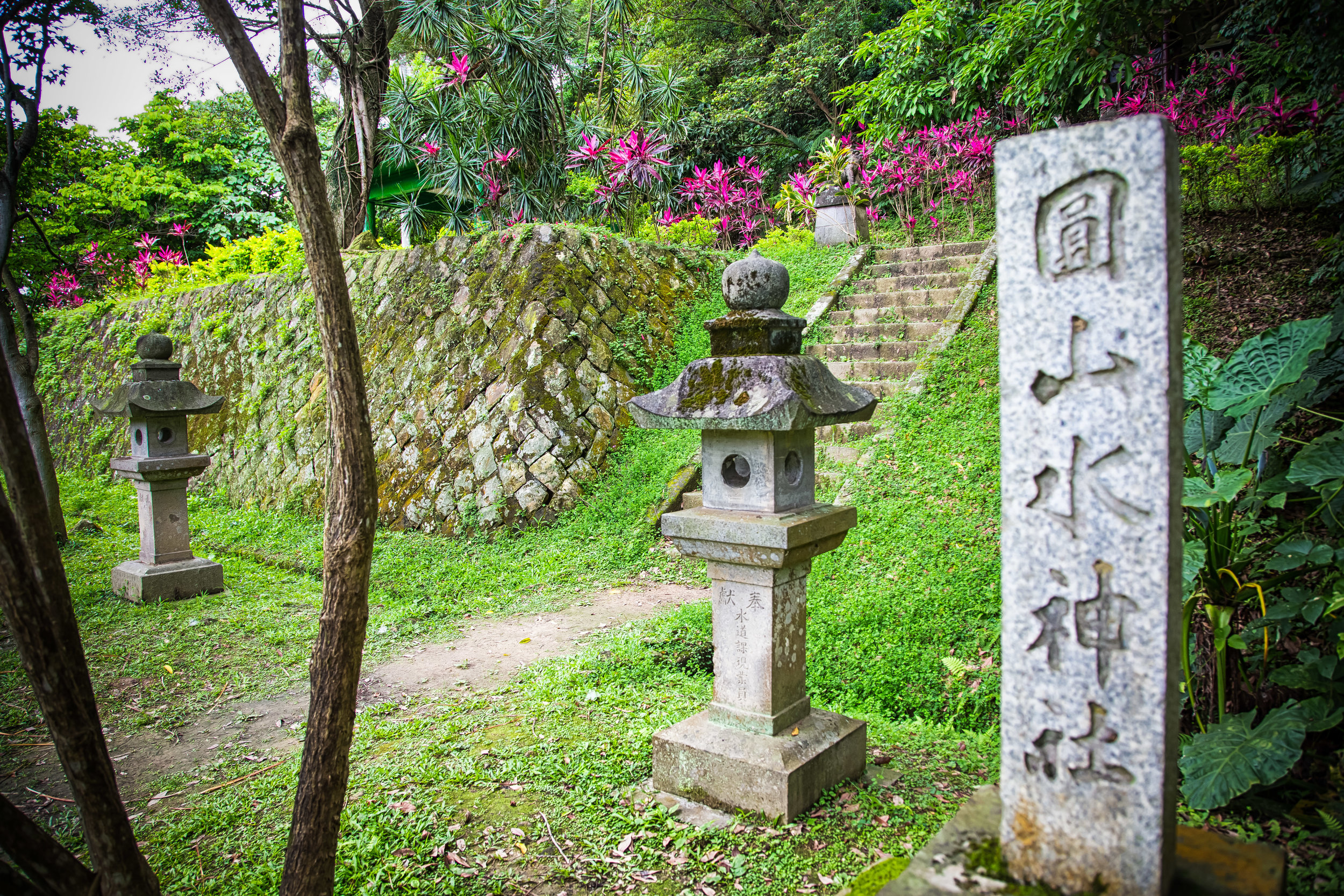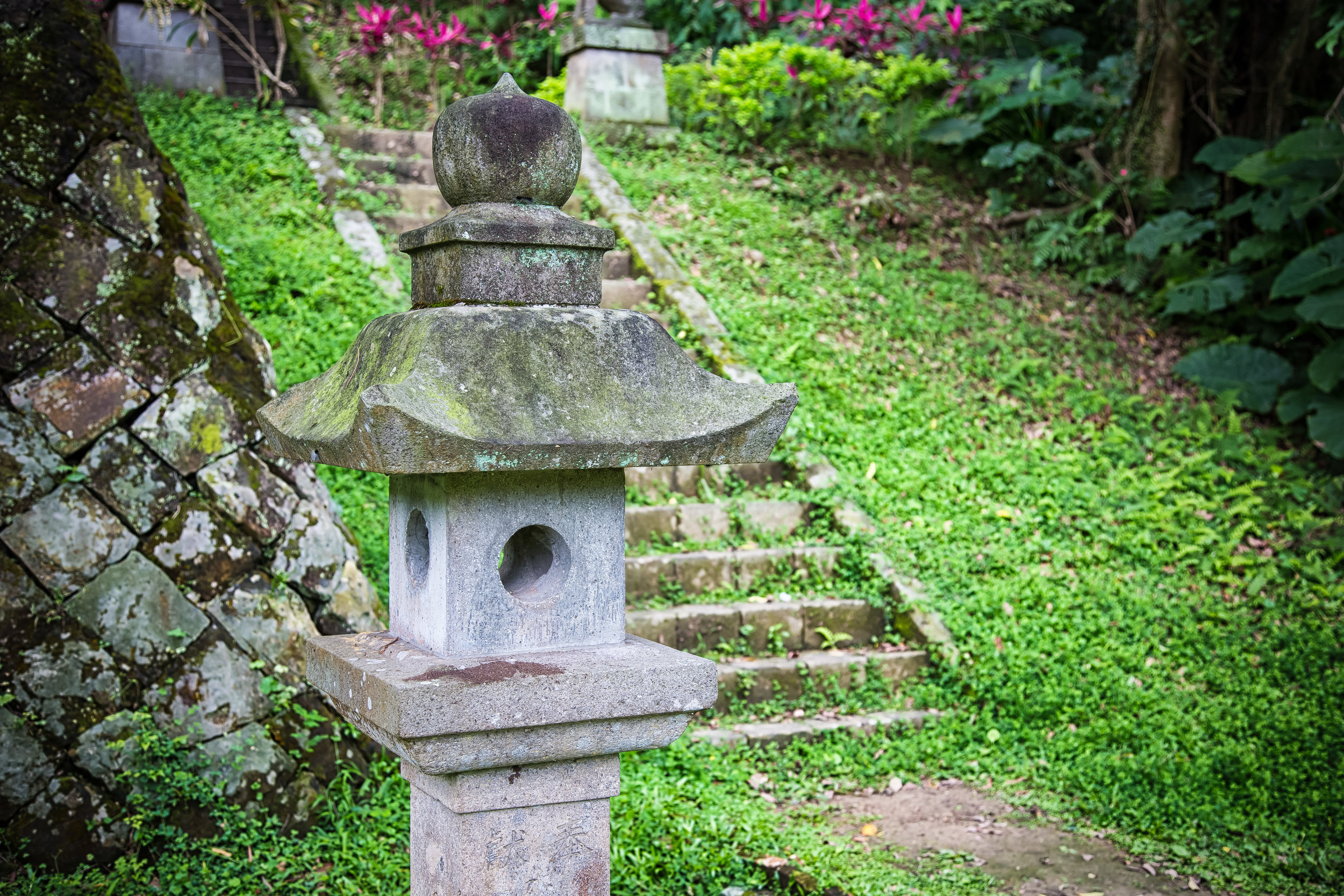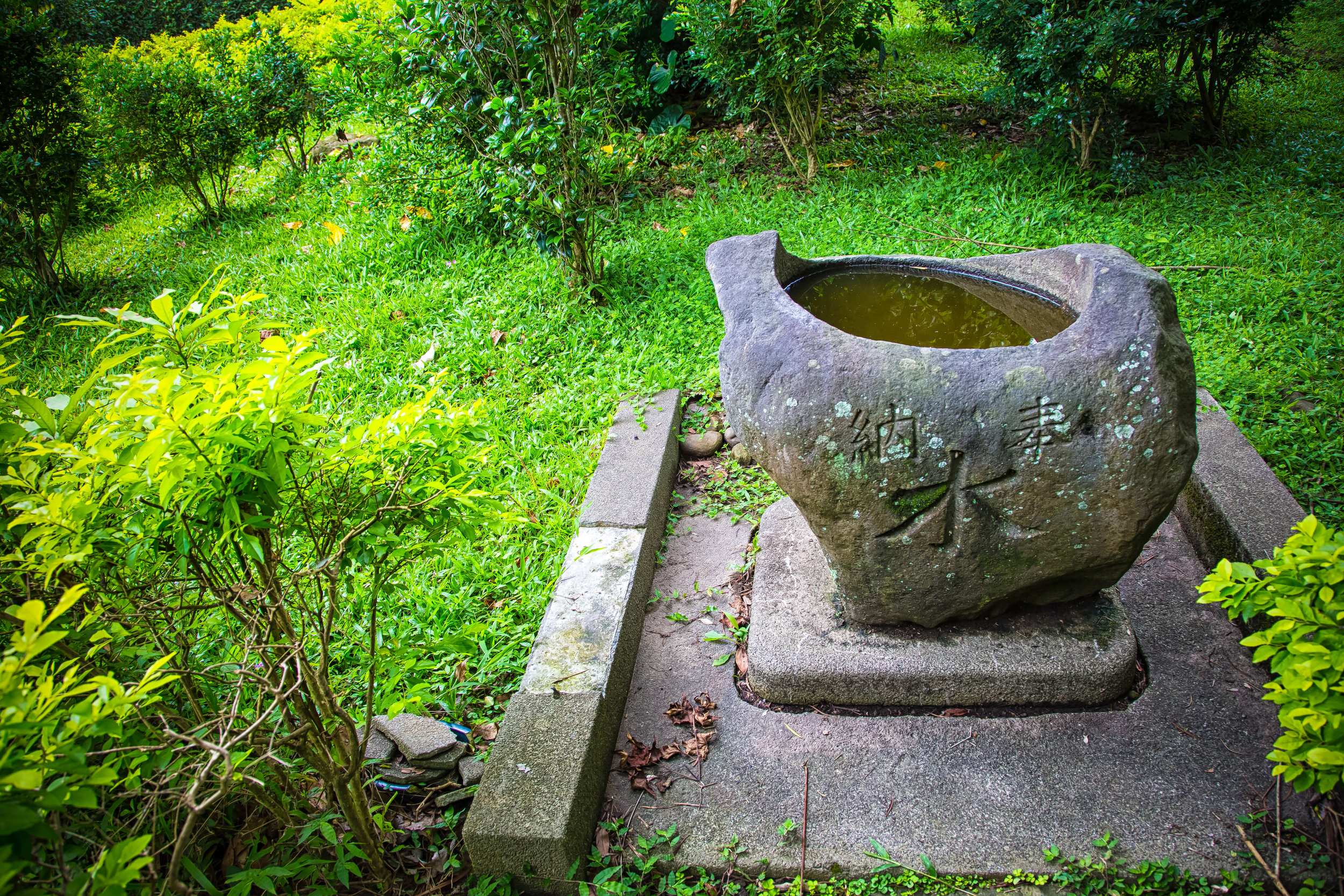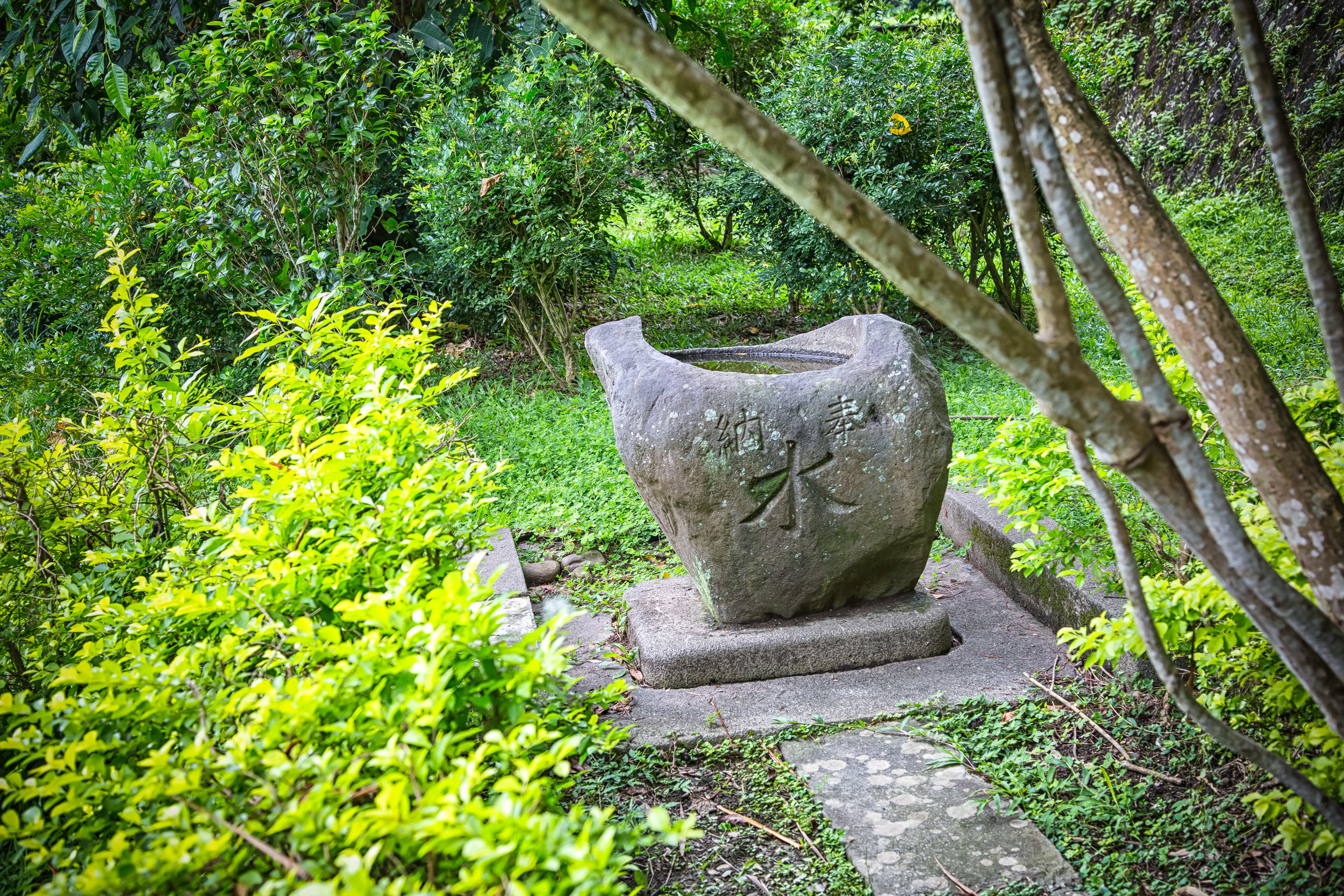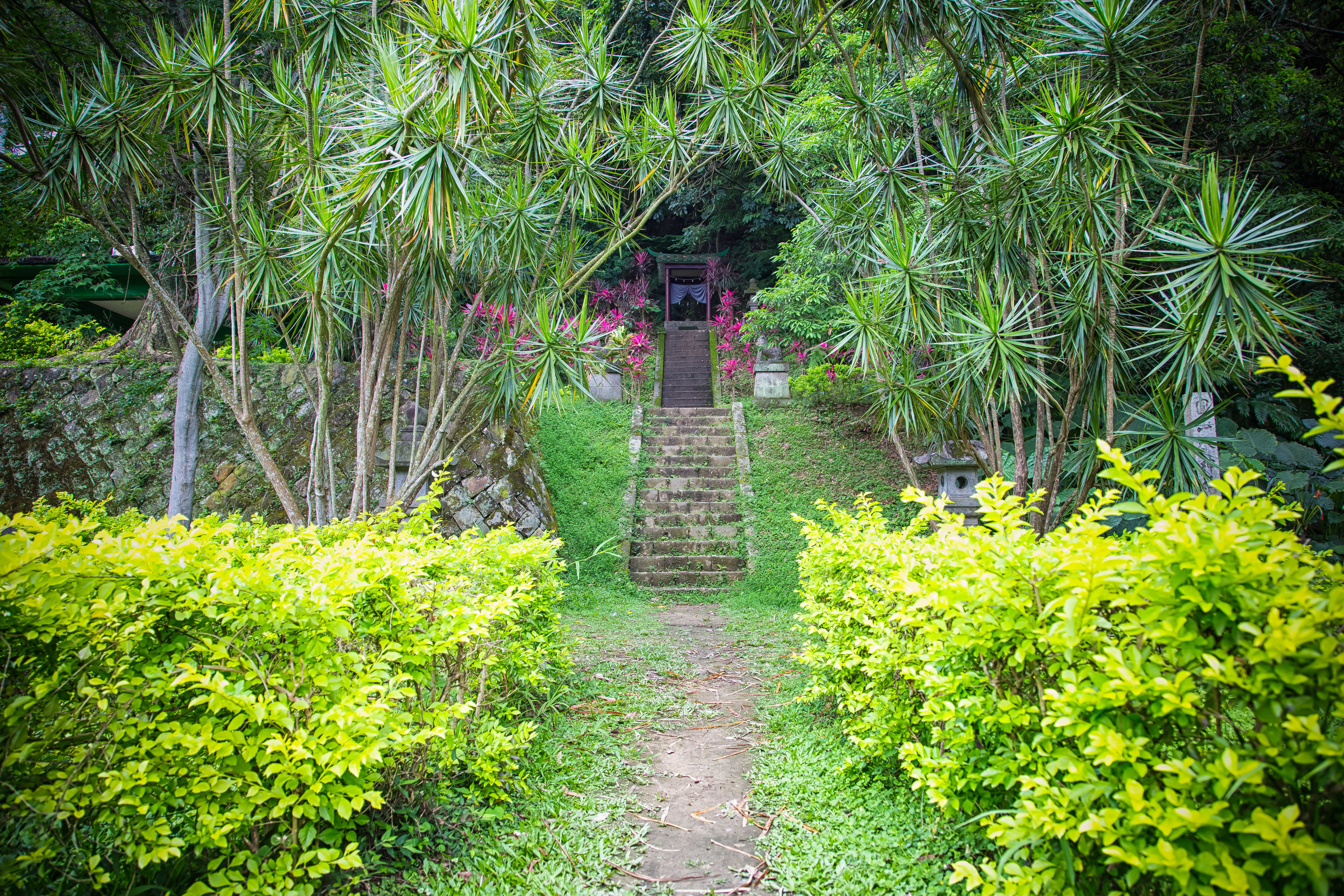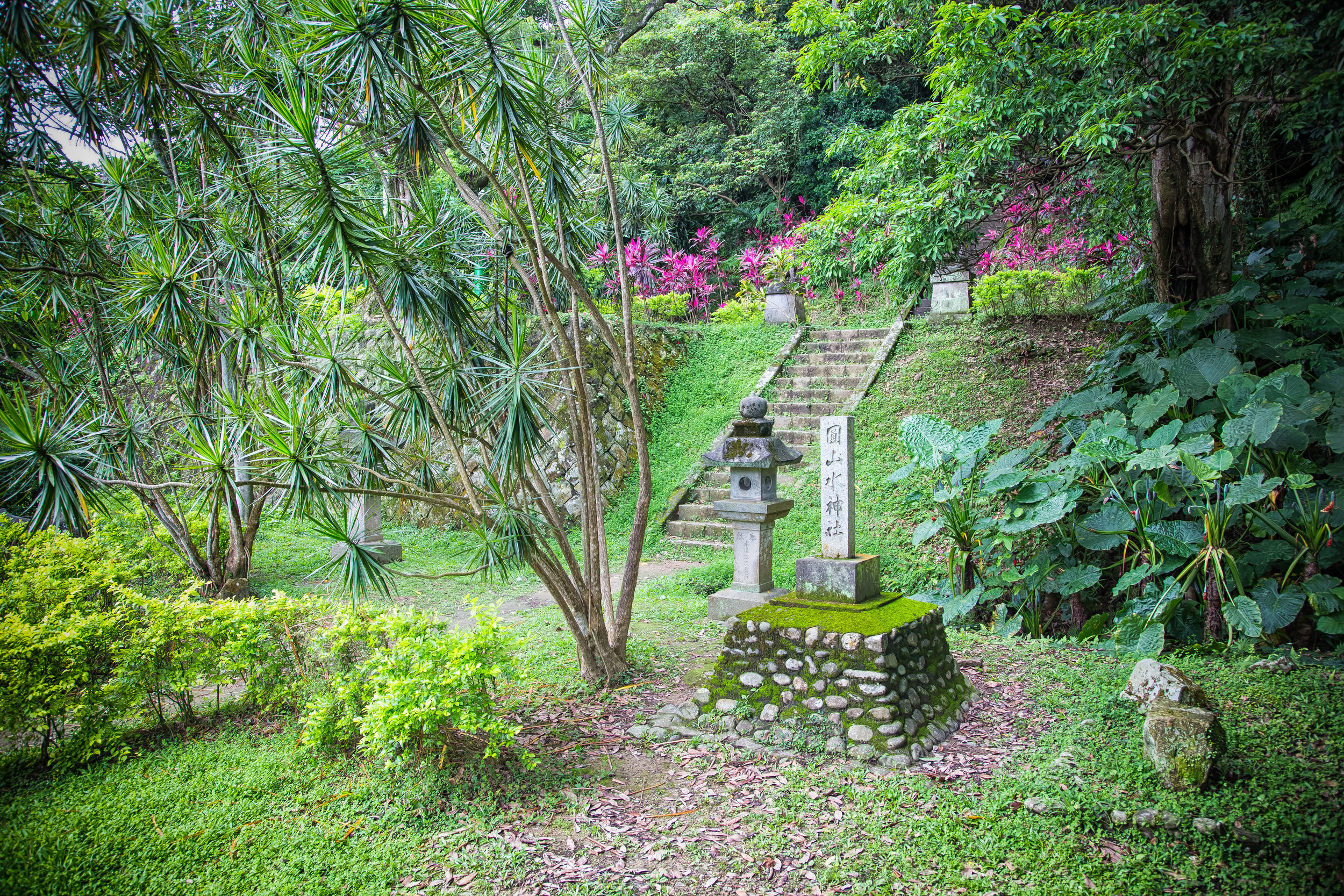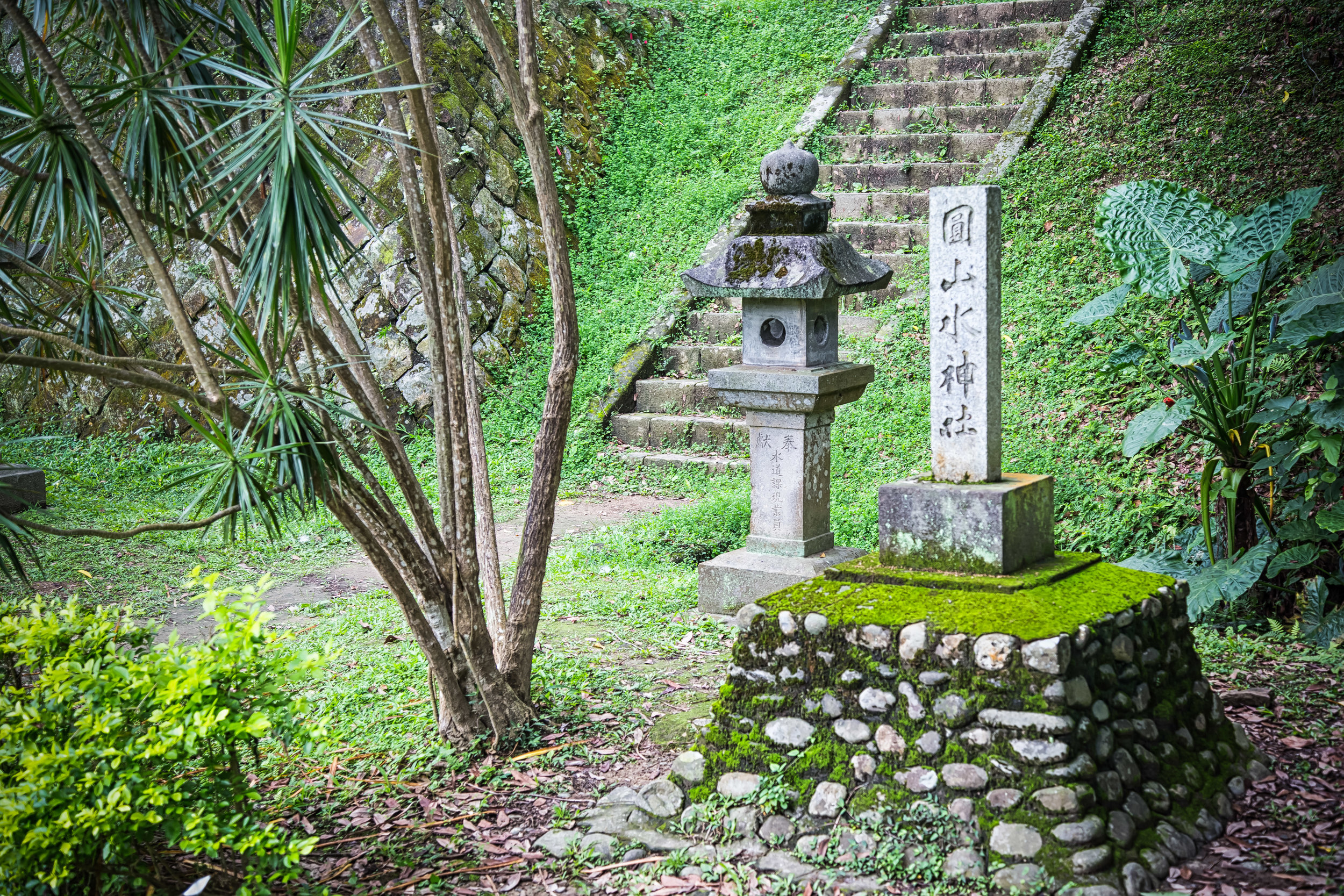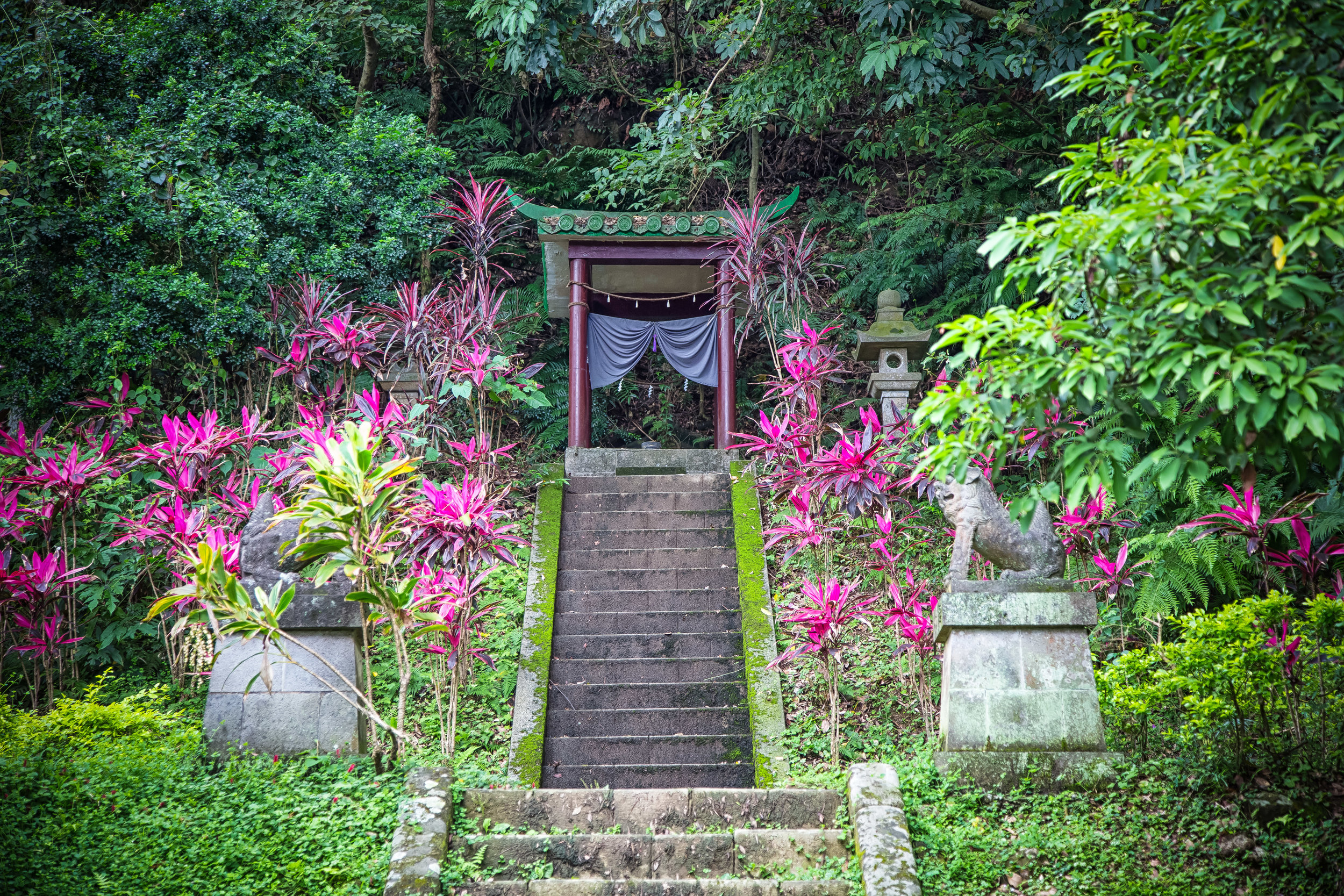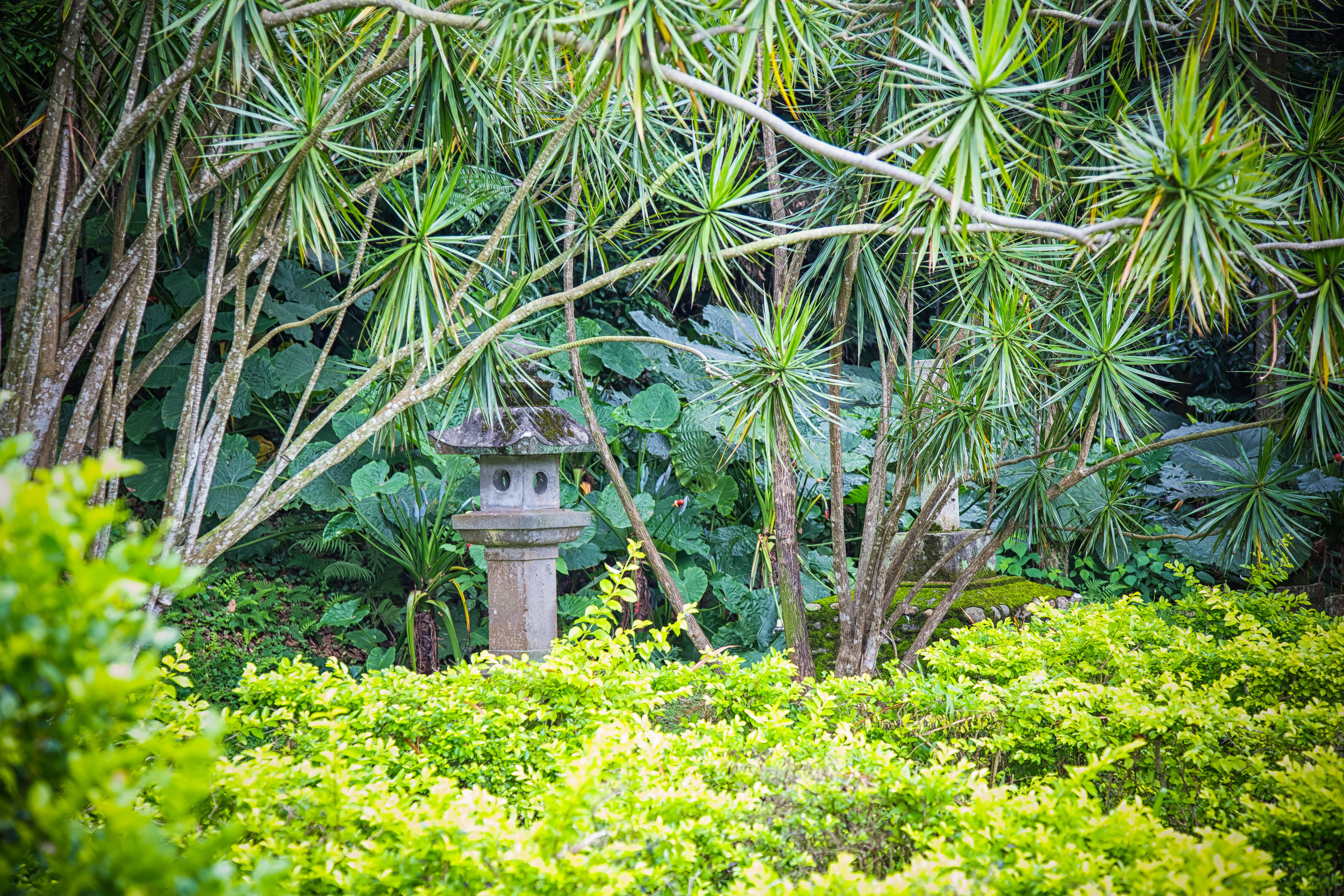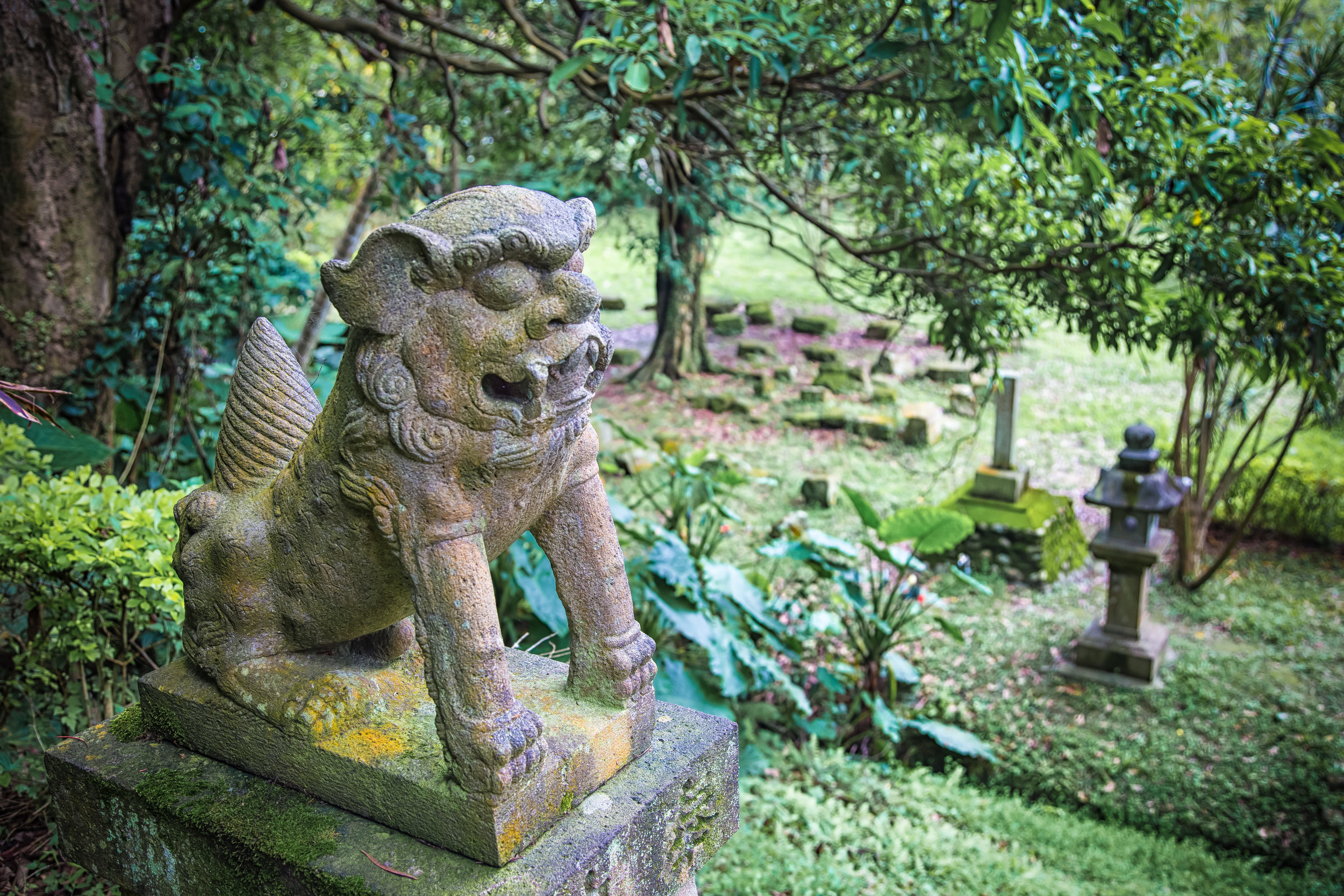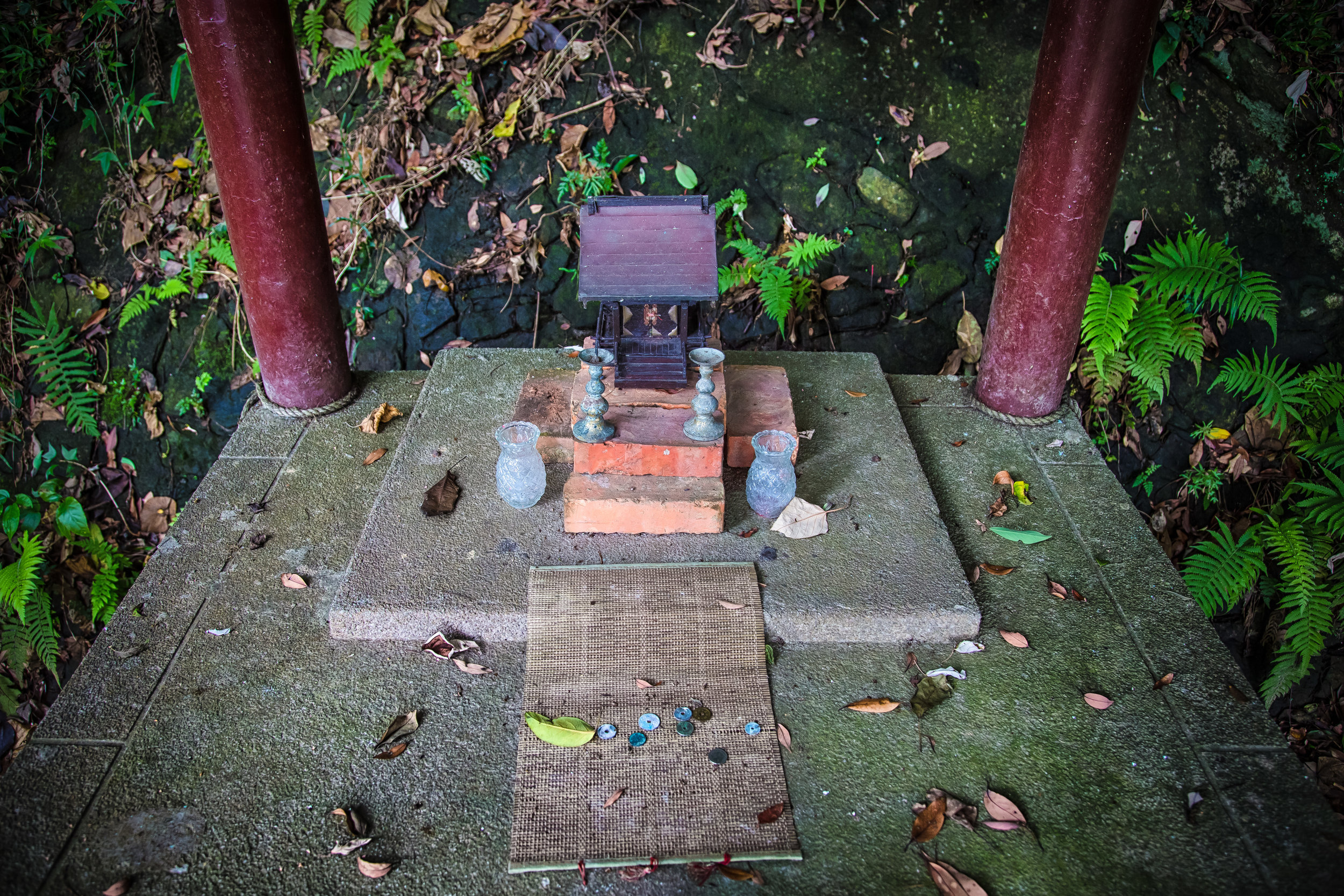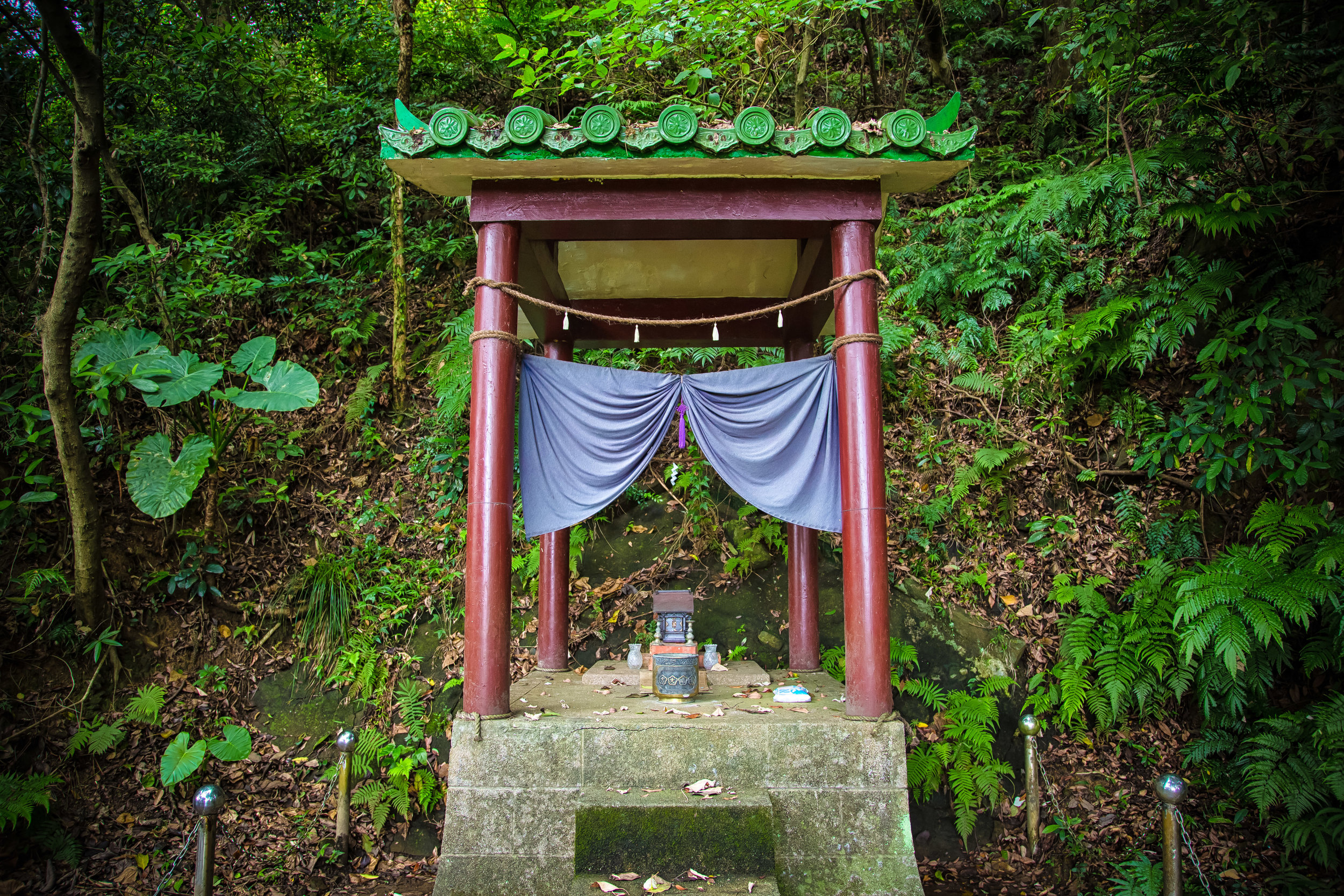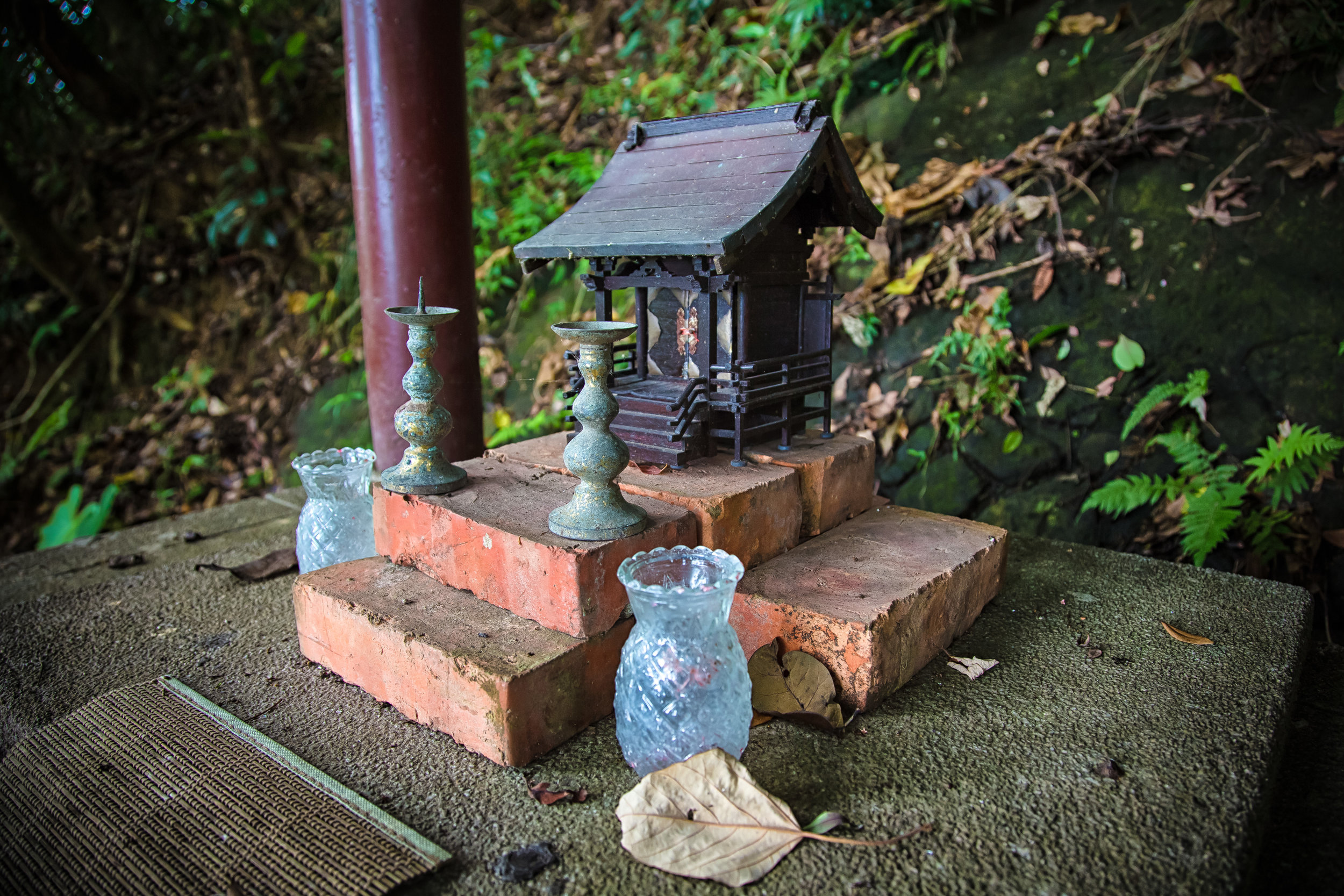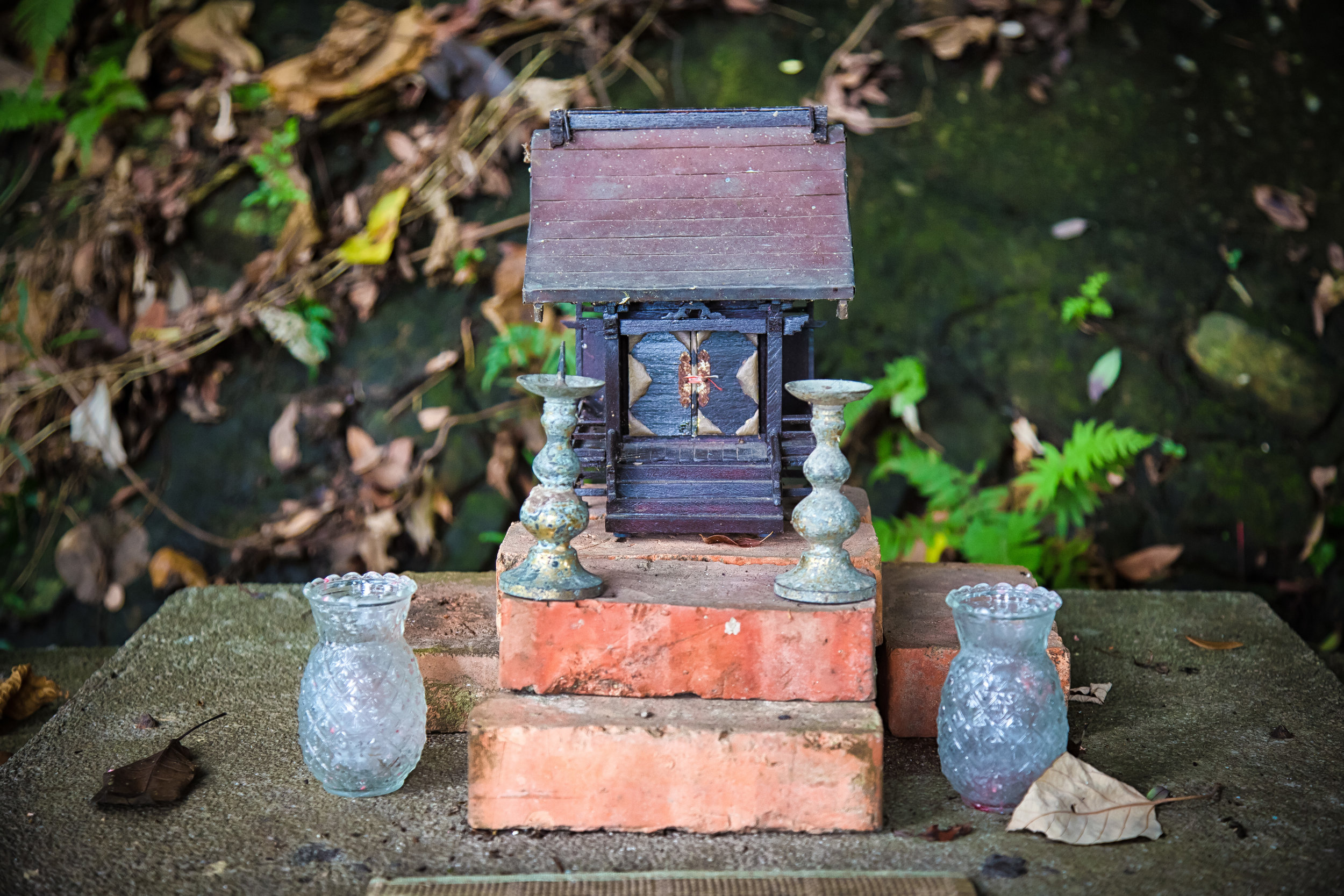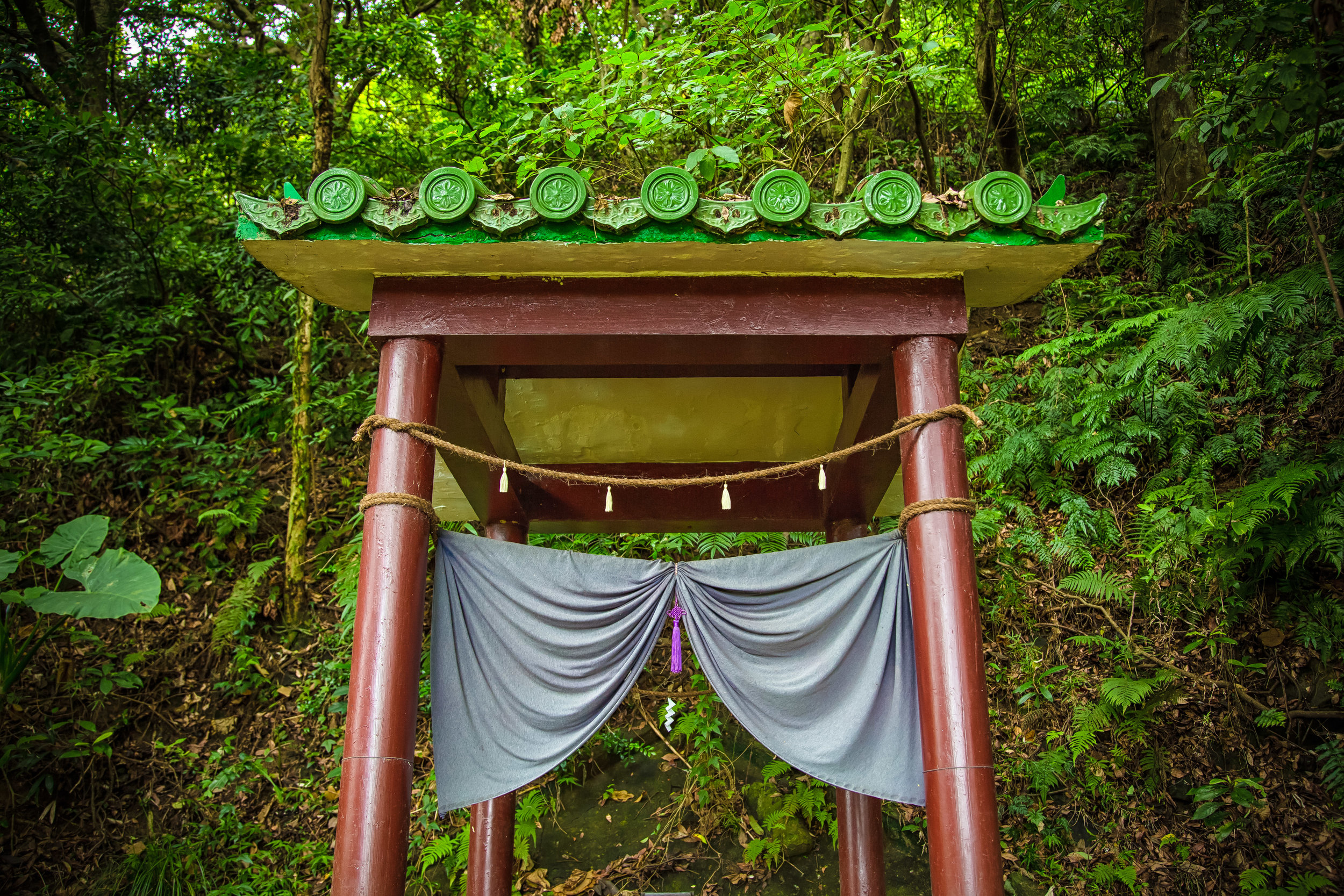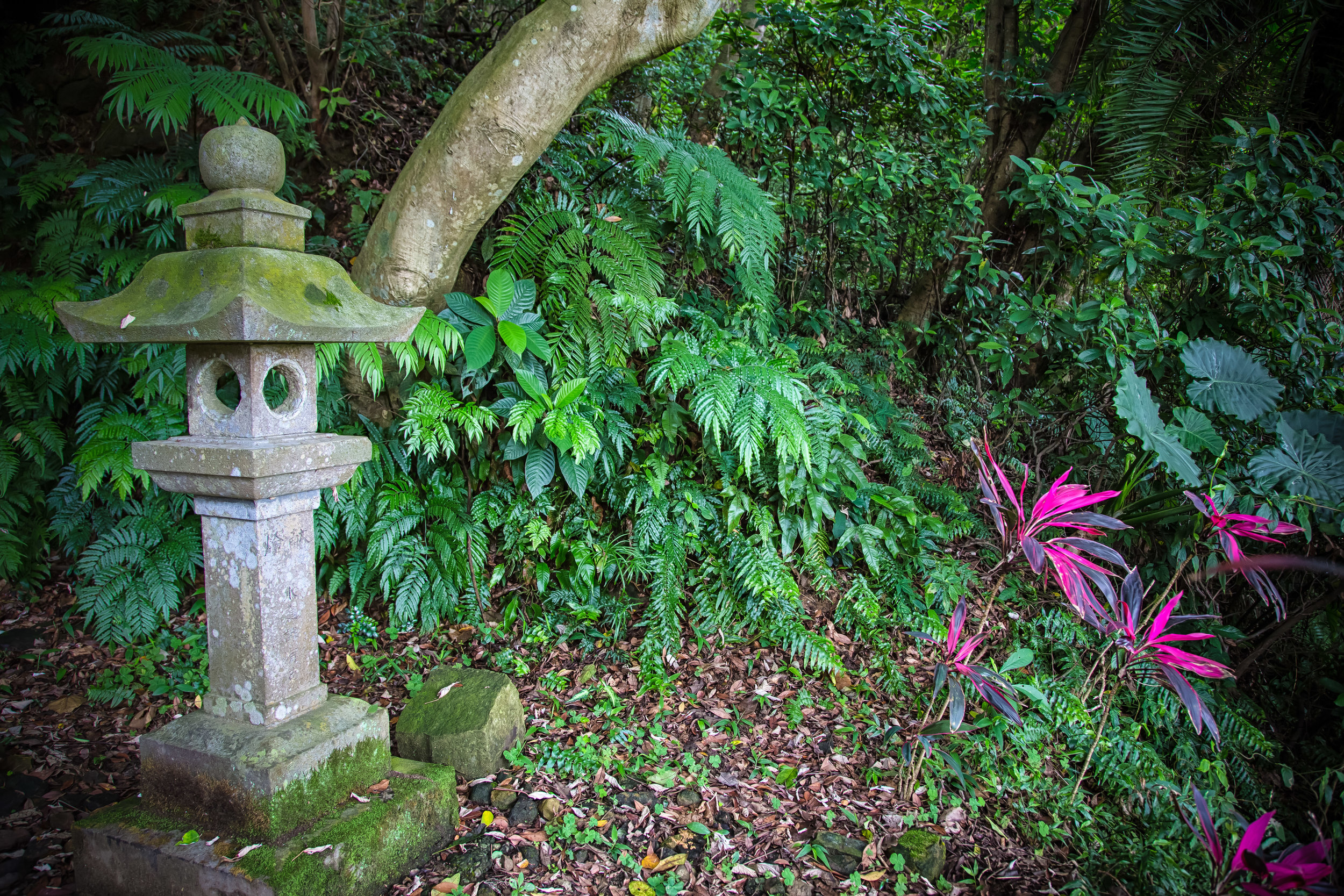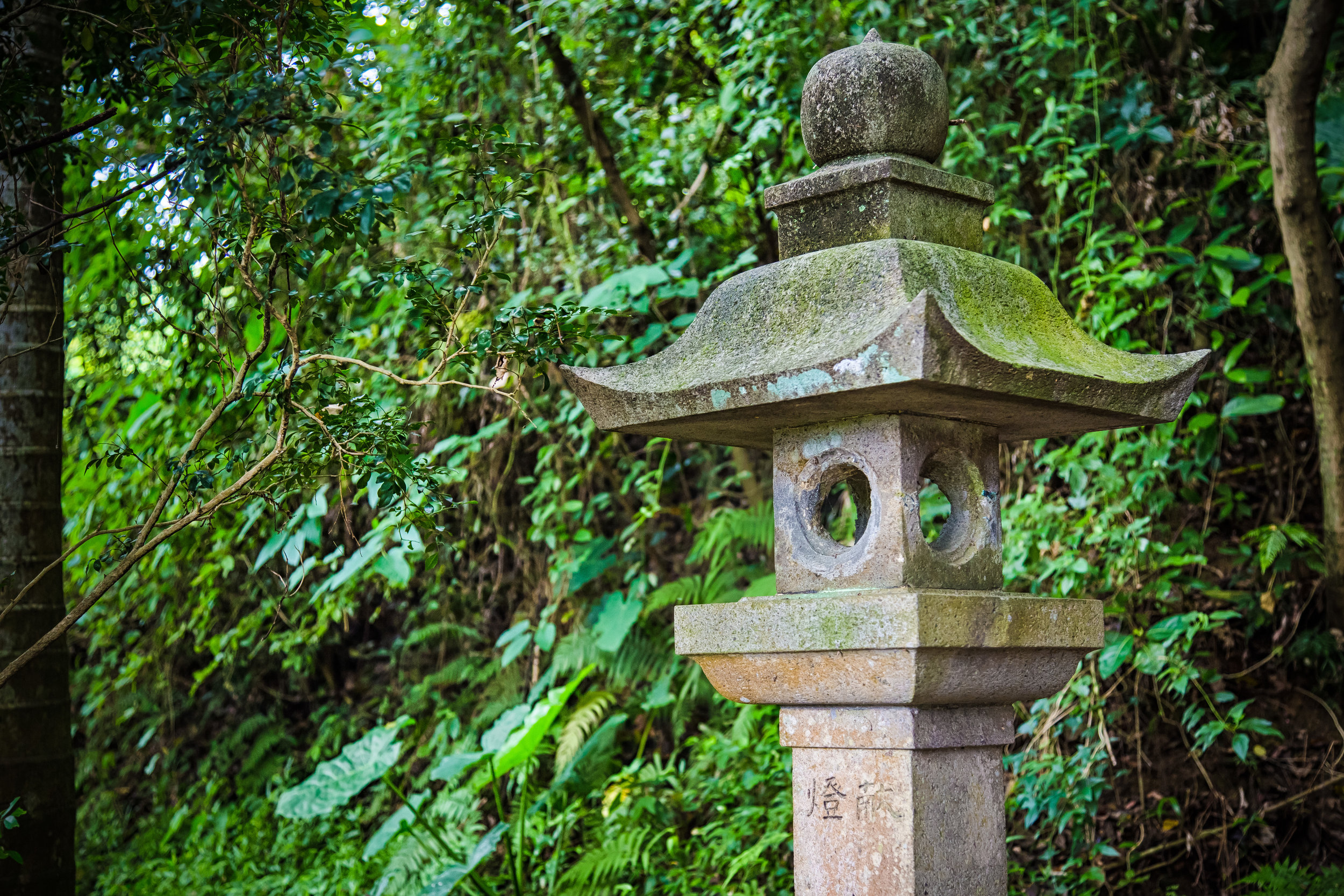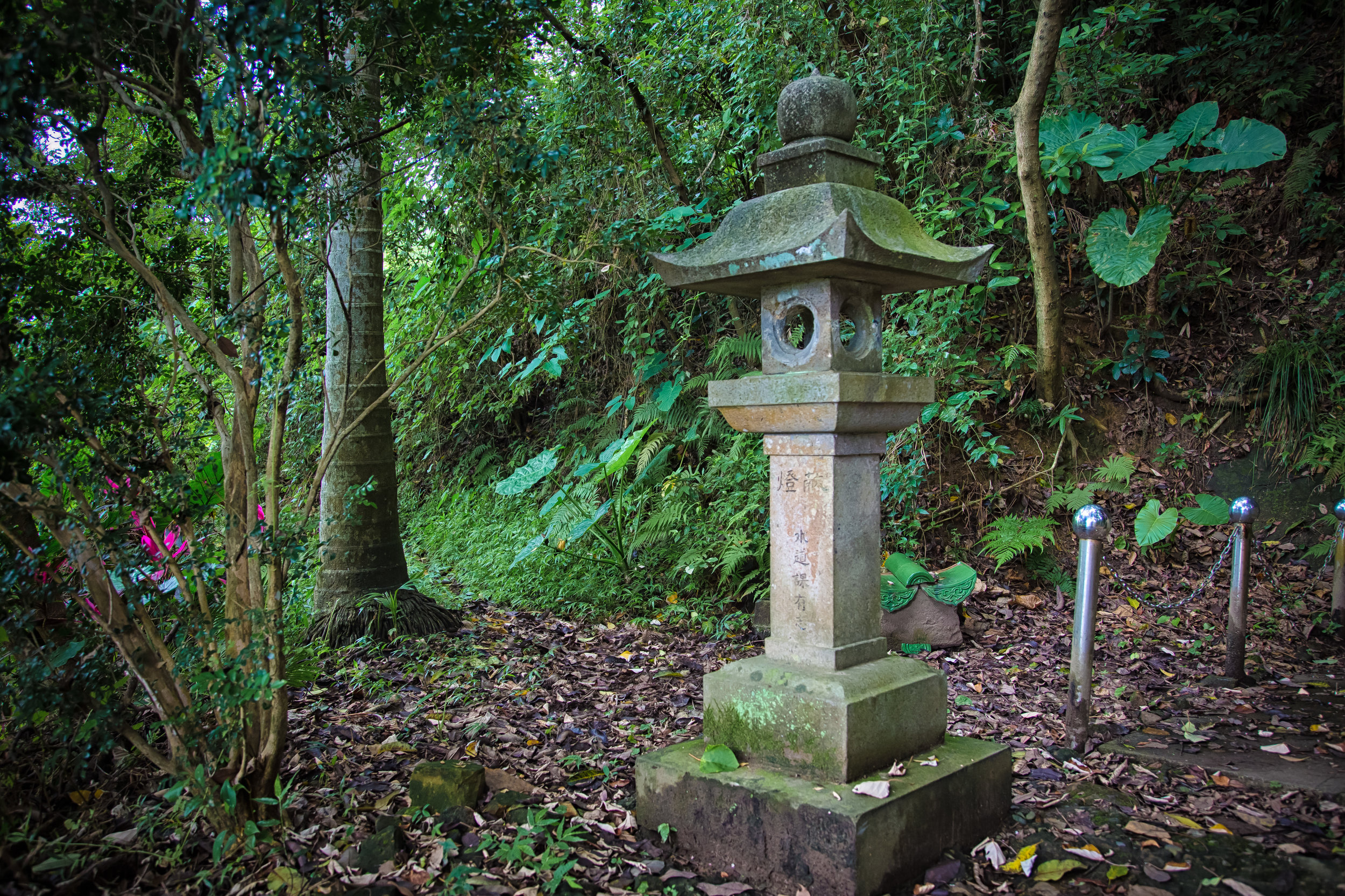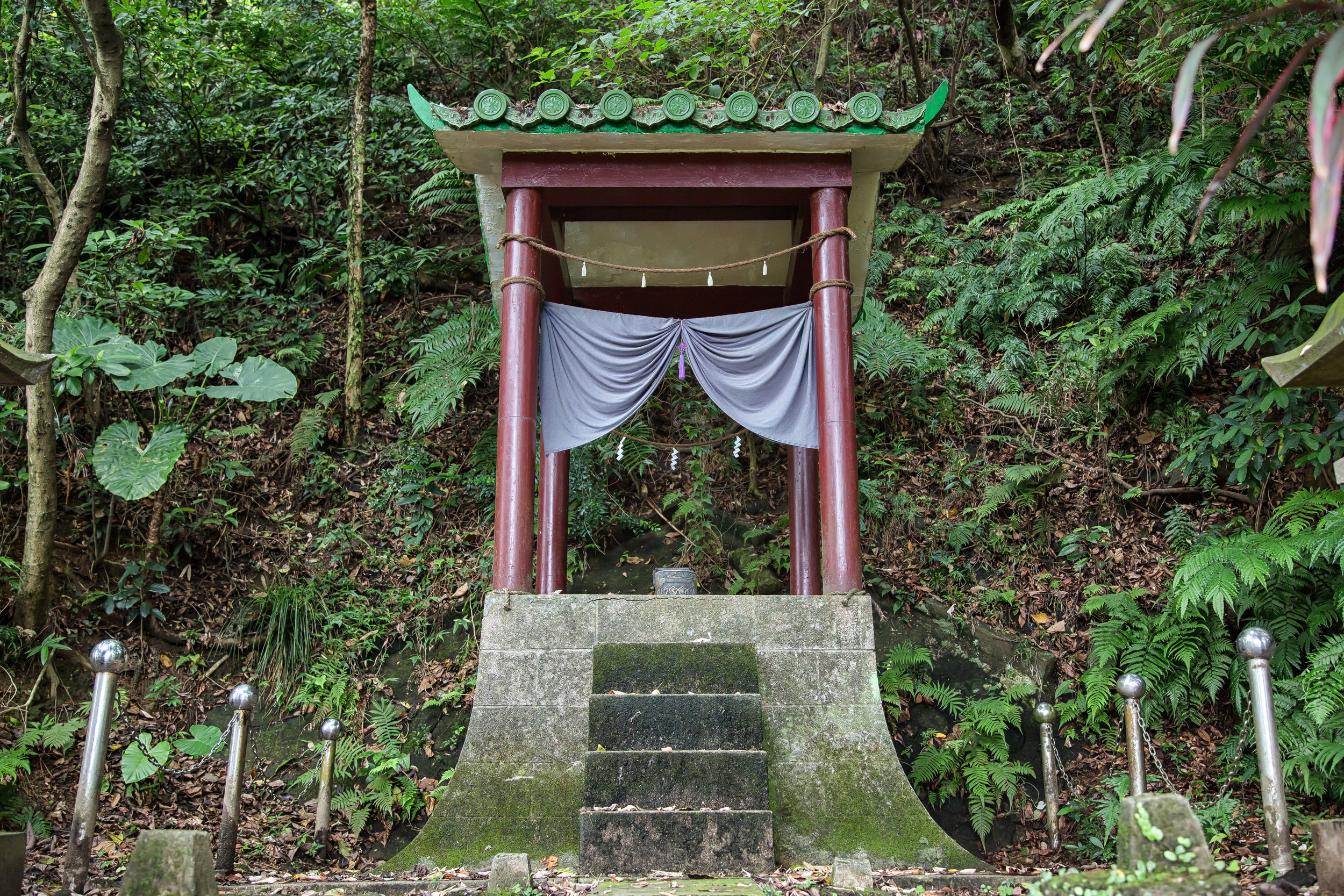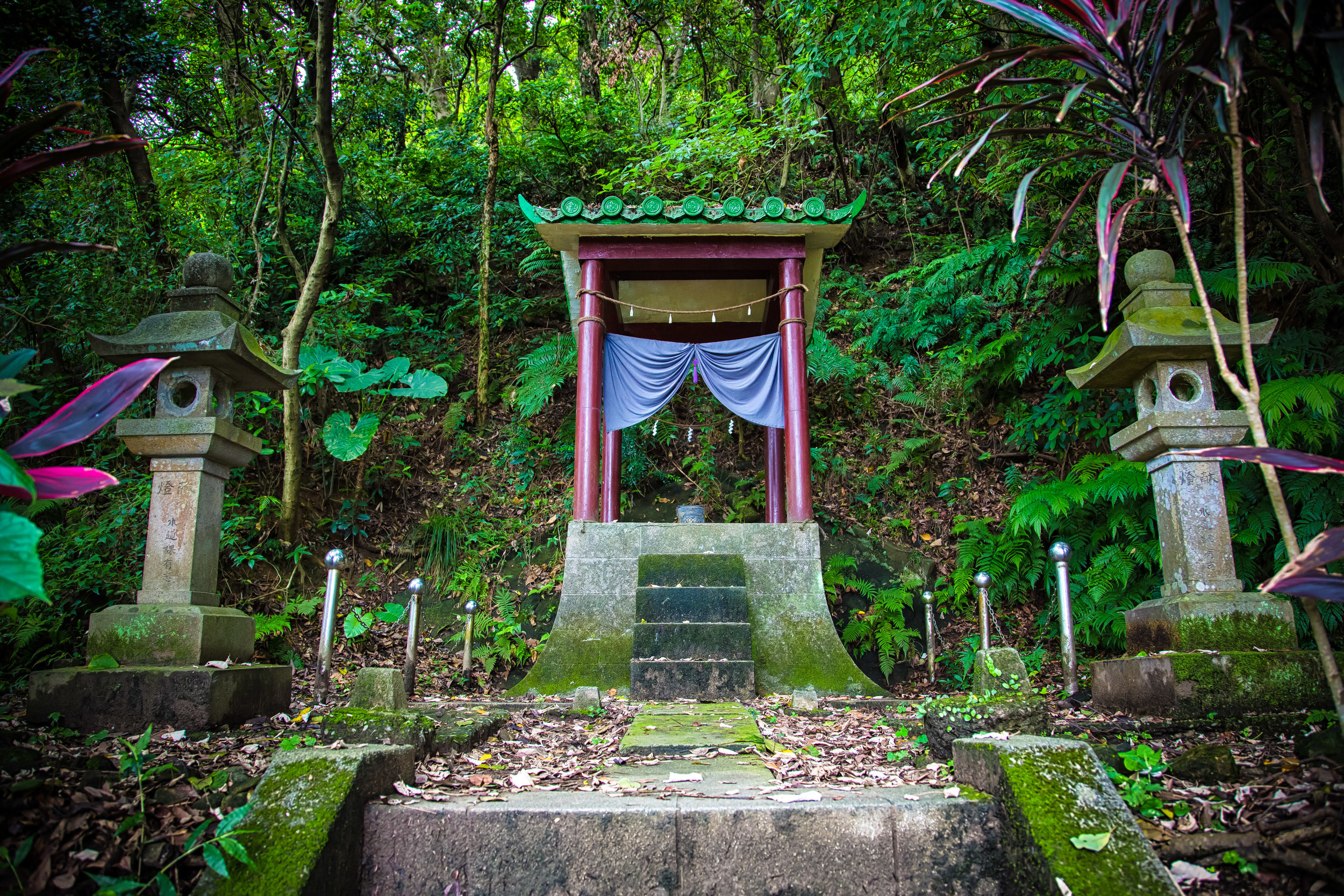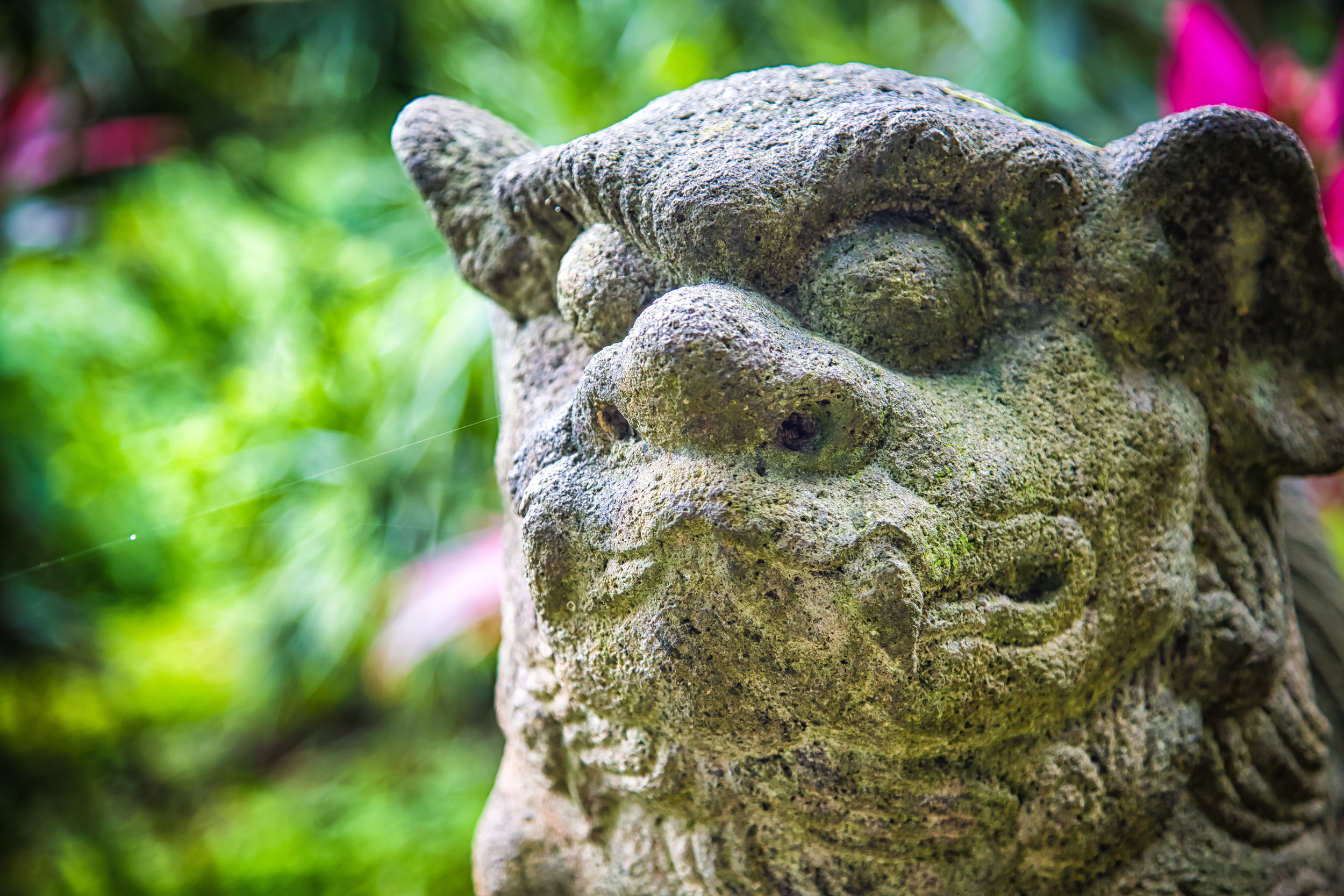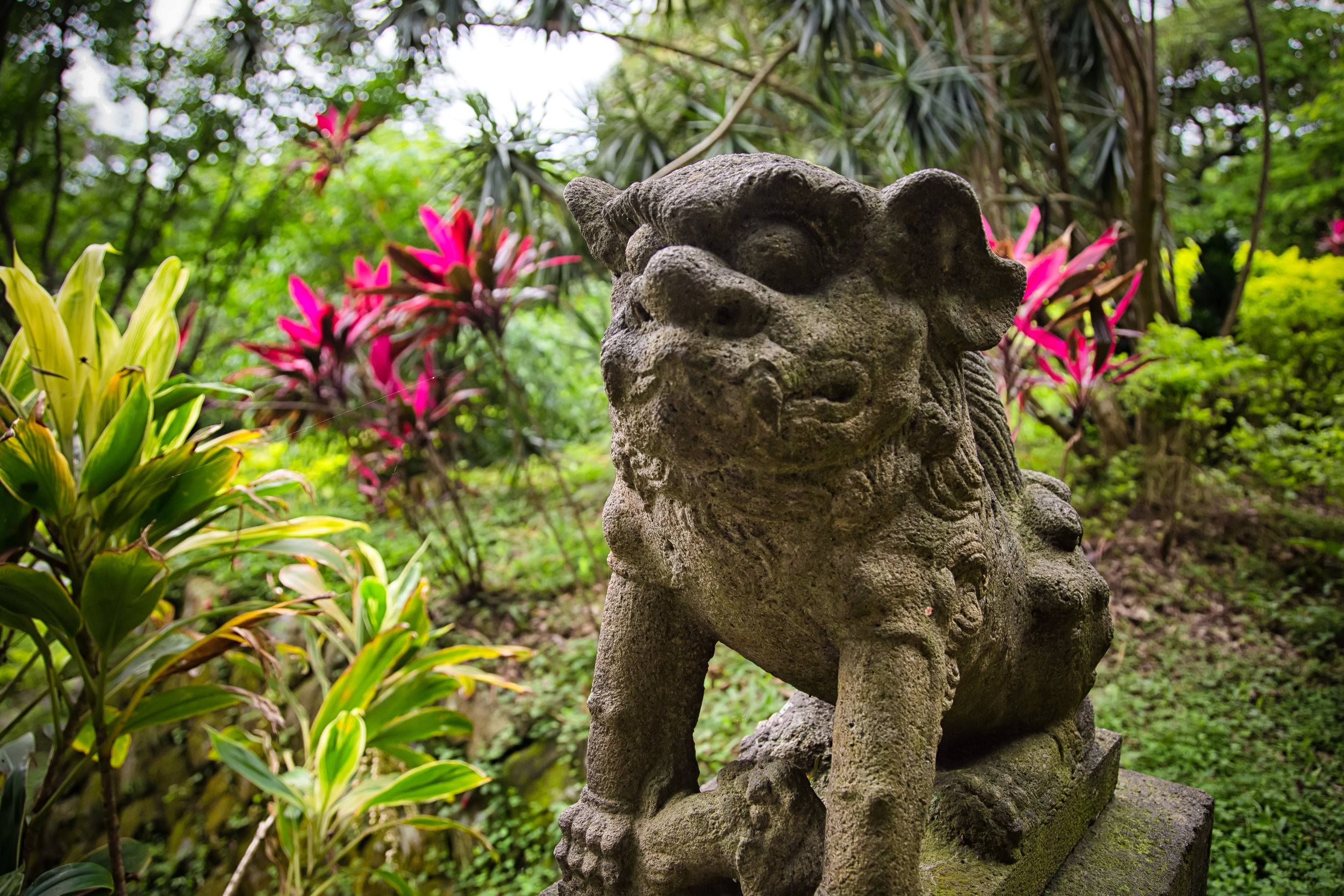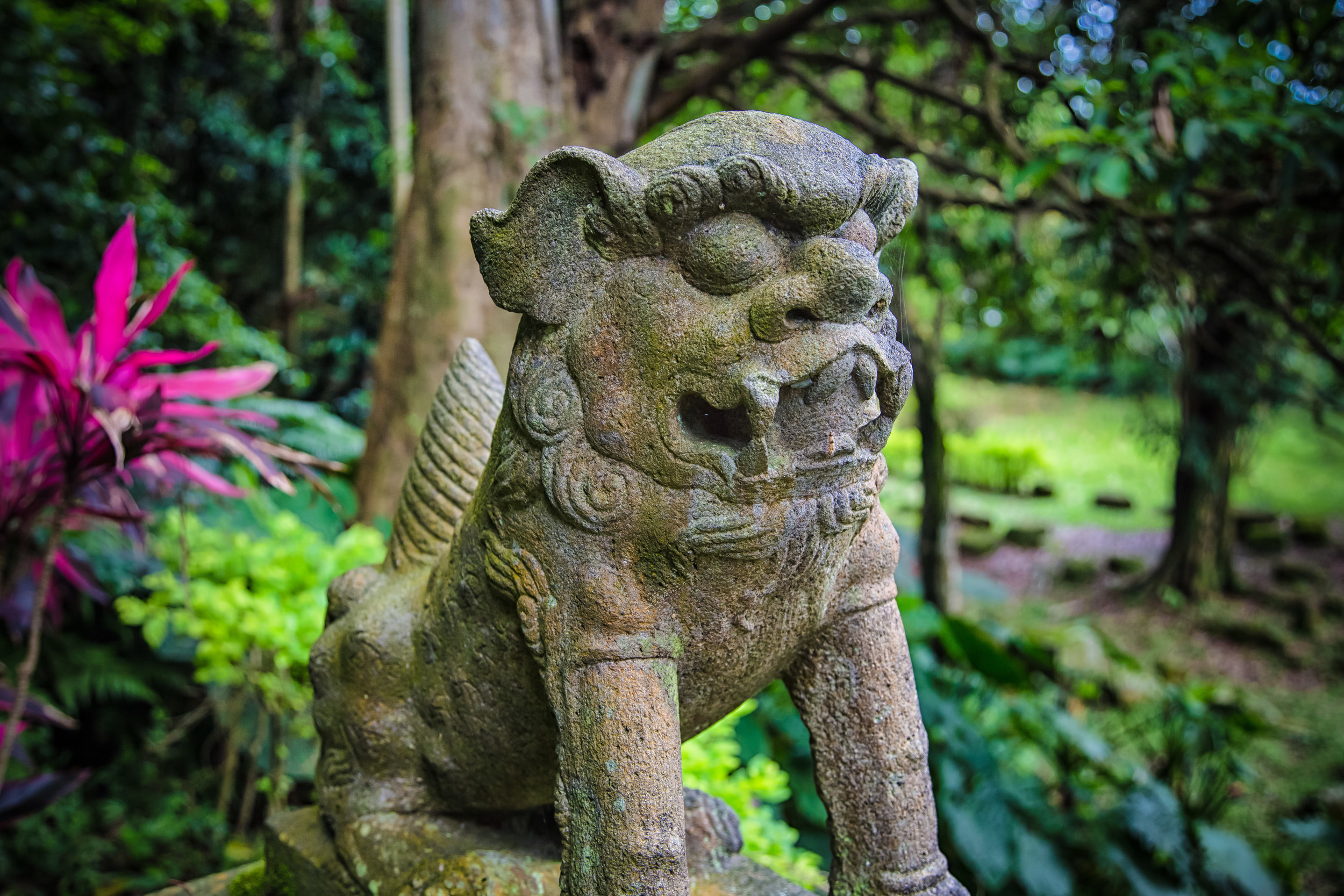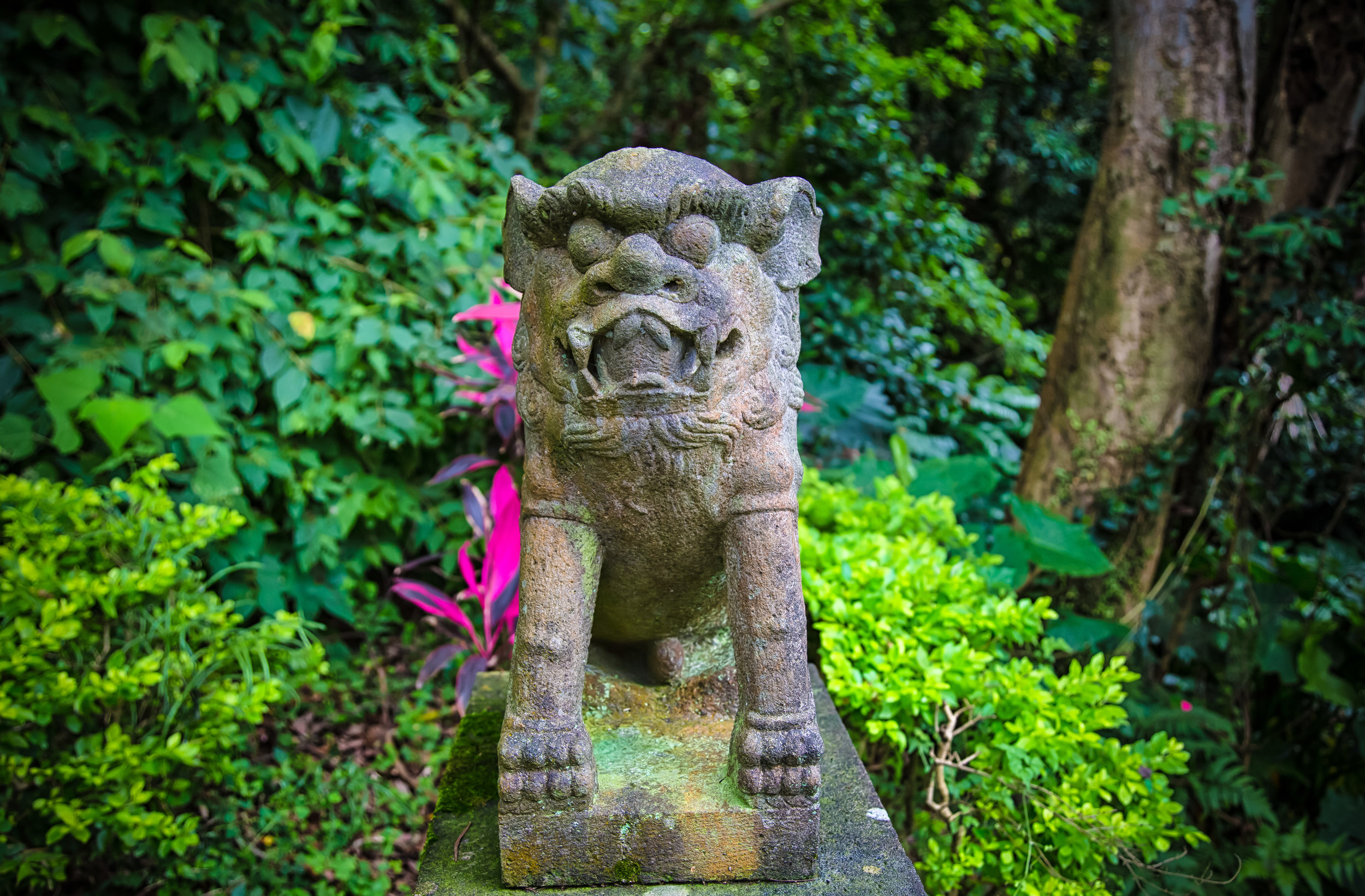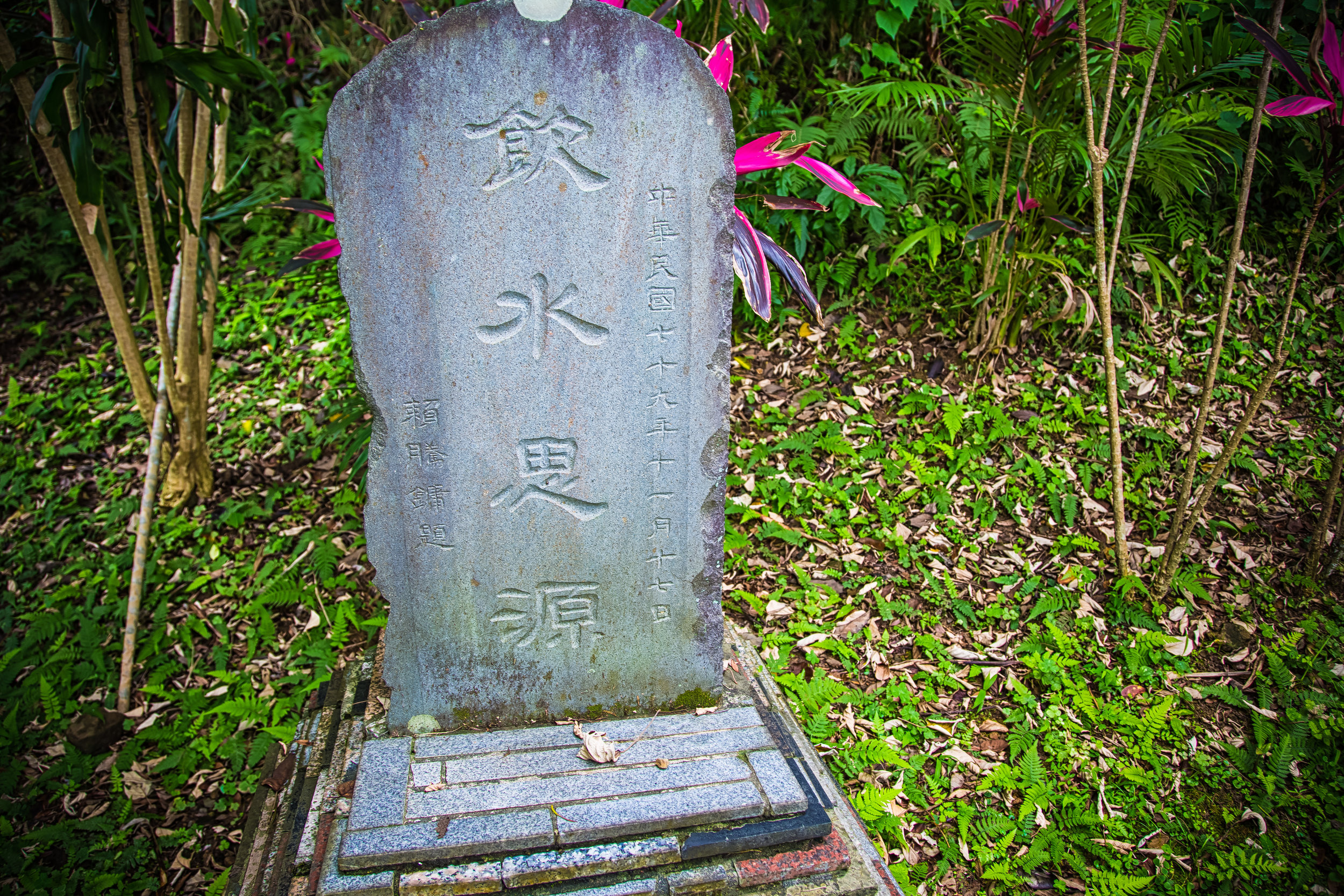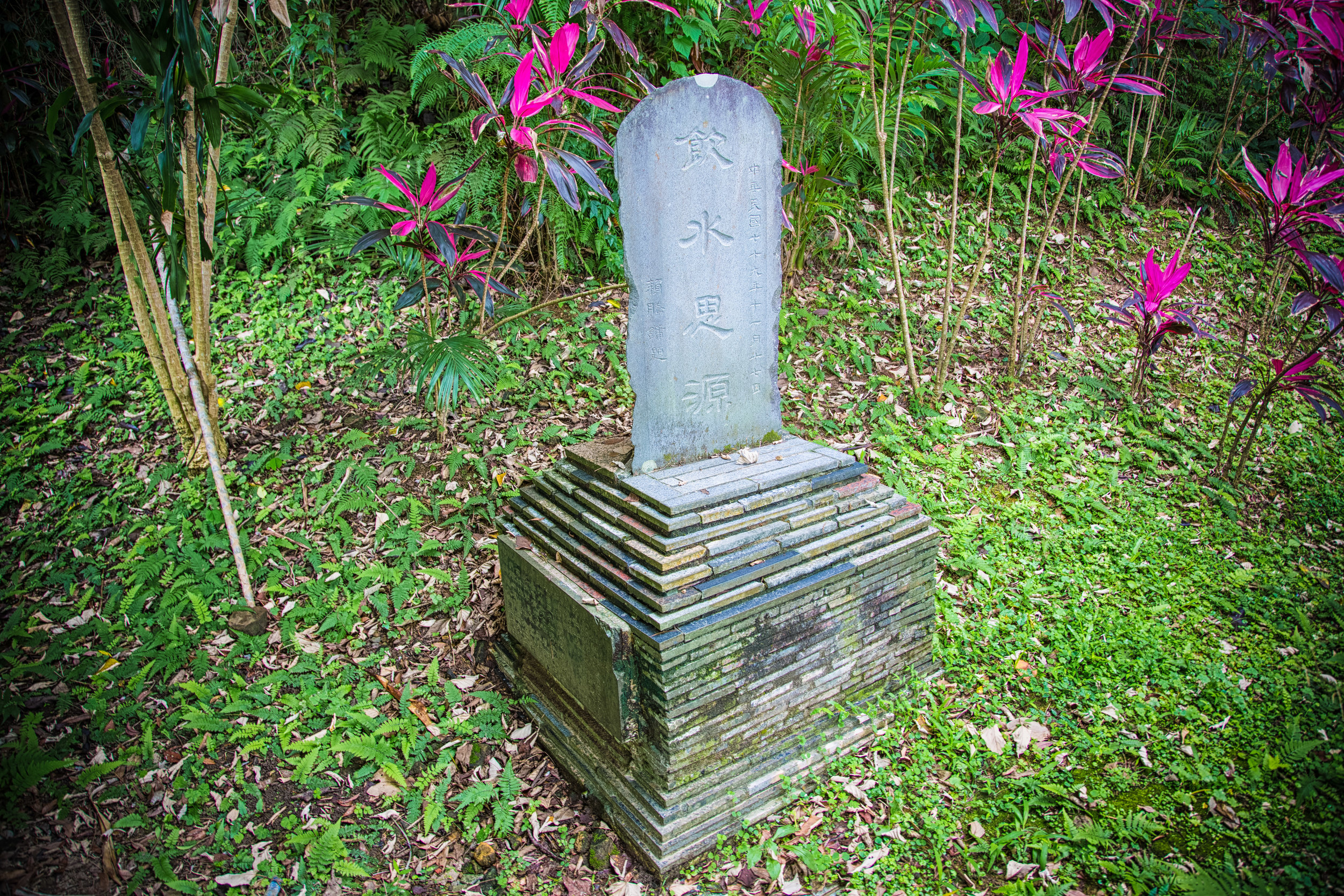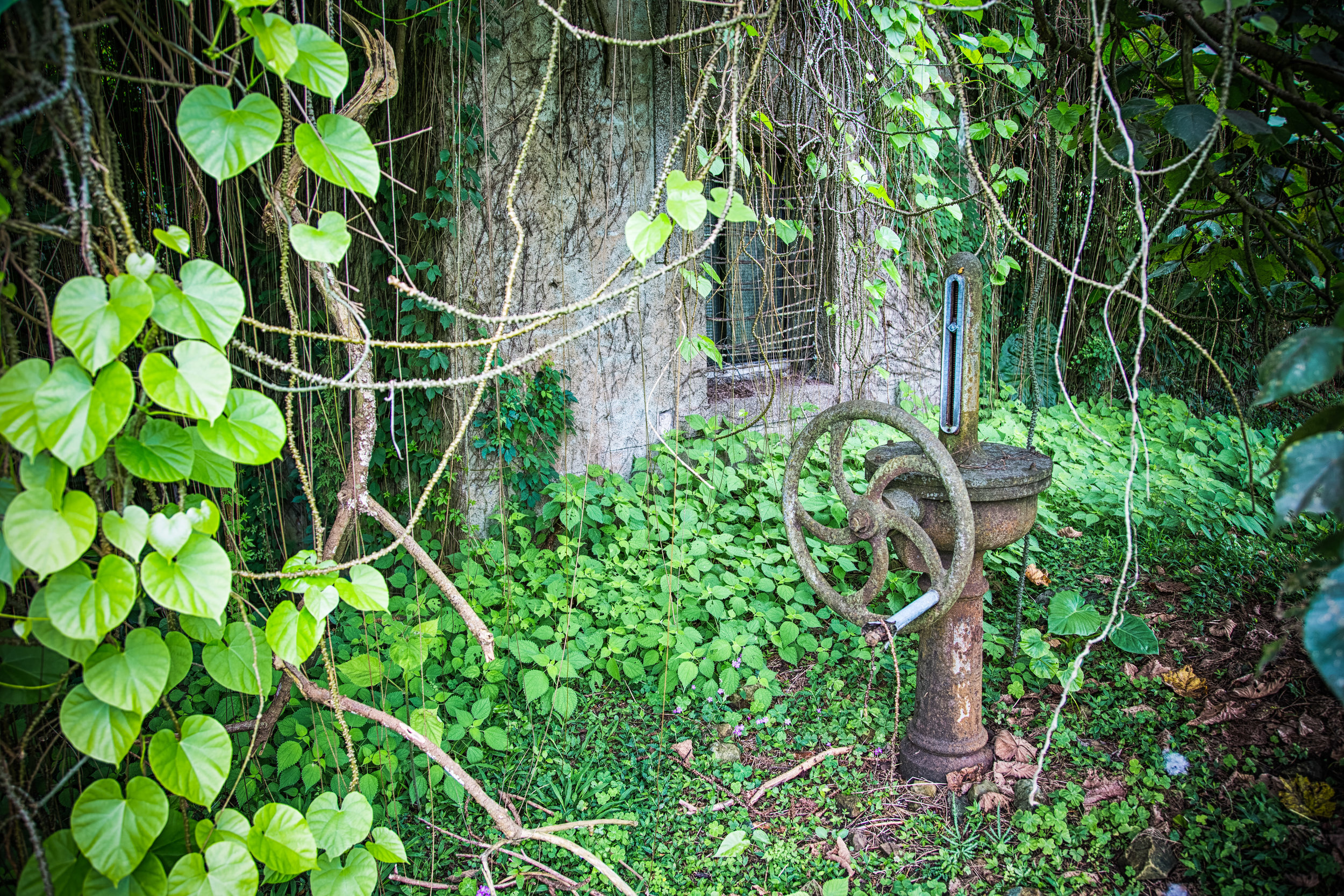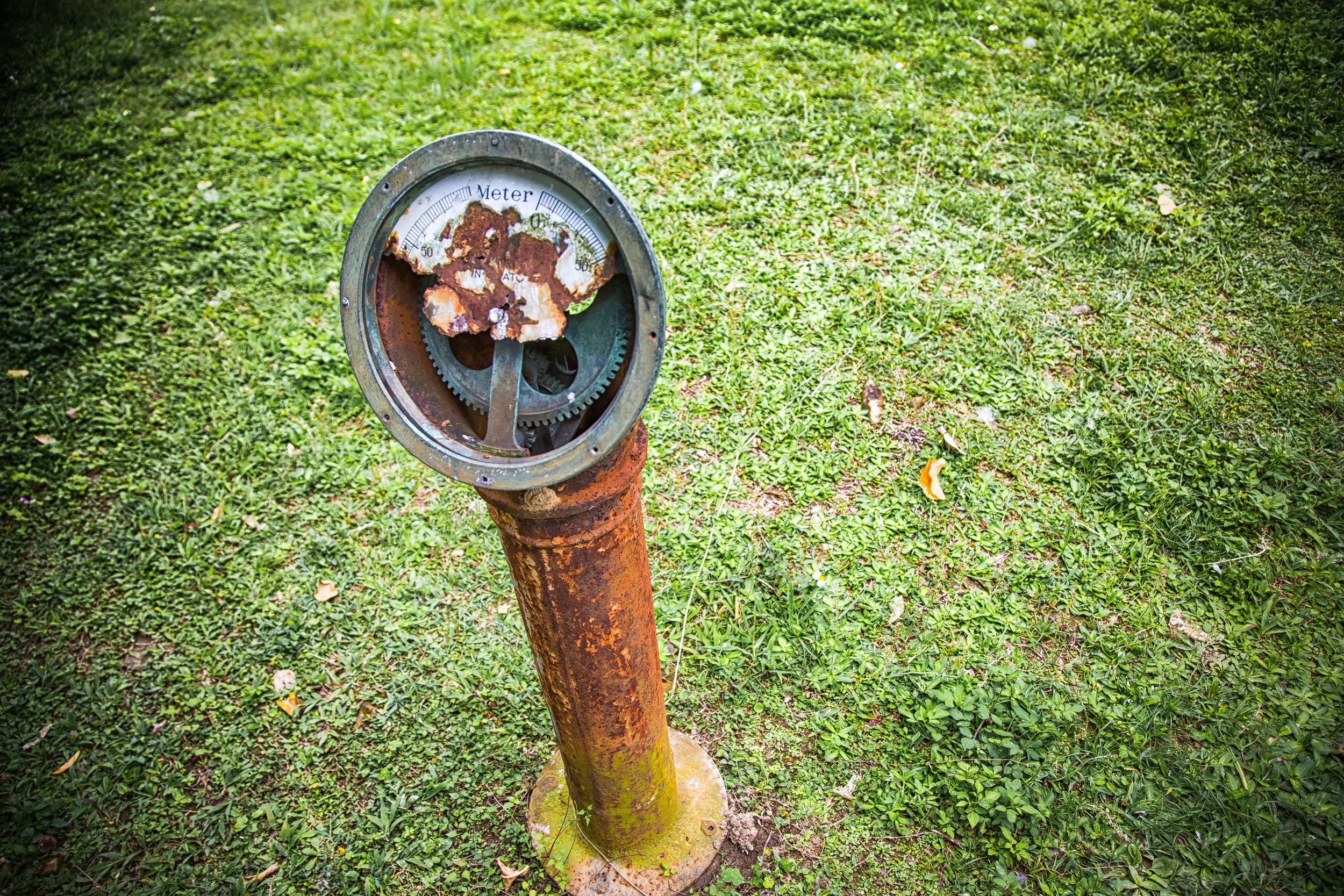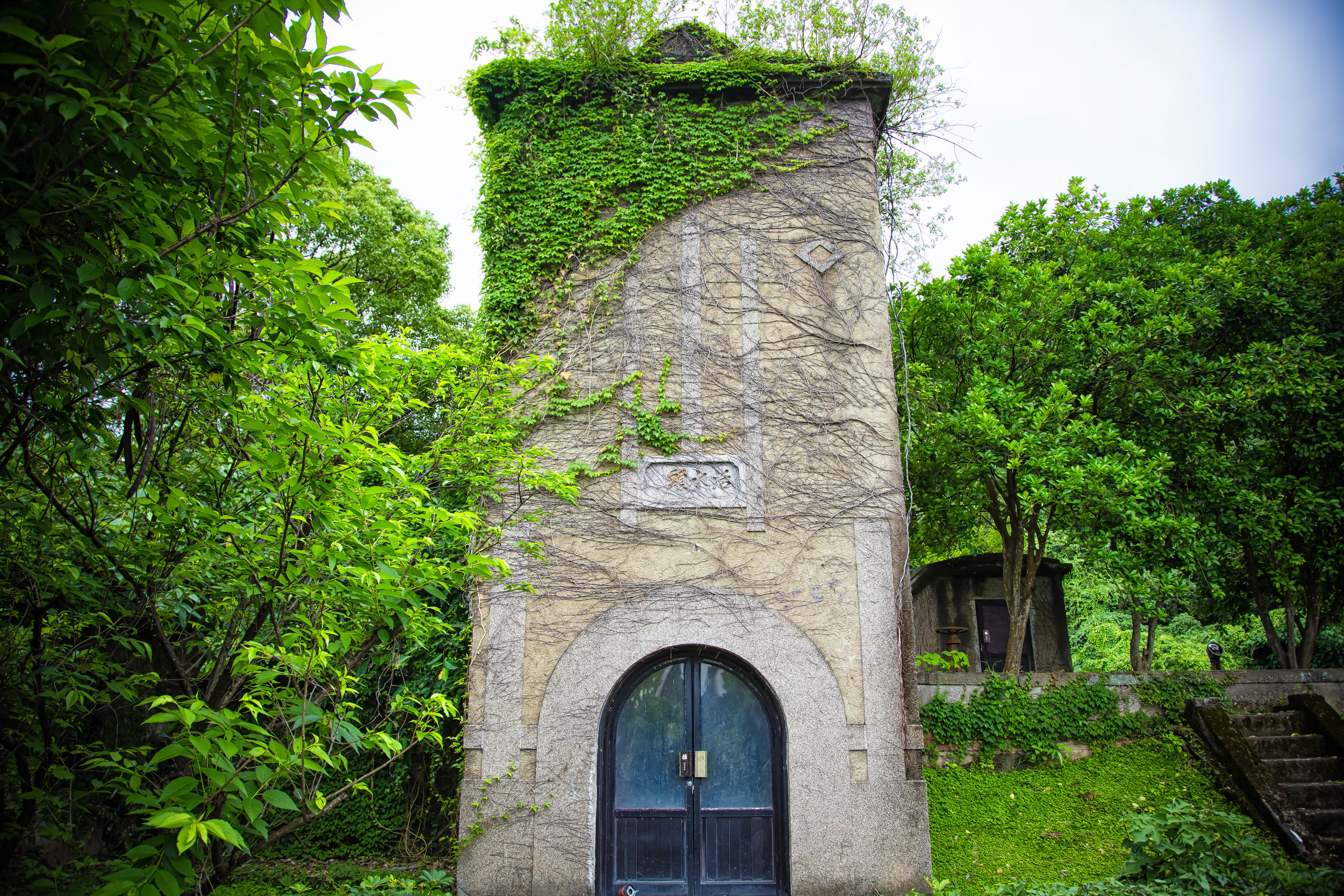For the past few months I have been spent a considerable amount of time researching the Japanese Colonial Era in Taiwan and running up and down the country searching for buildings of historical importance that were constructed during that period.
The colonial era lasted only five decades but in the short time that the Japanese controlled Taiwan, they helped to modernize the islands infrastructure and education and helped foster the importance of democratic governance all of which has had a lasting effect on the people of this tiny island nation.
It has been more than seven decades since the colonial era ended and while there are still quite a few well preserved examples of Japanese architecture left in Taiwan, most of the remaining buildings are in a state of decay and are in desperate need of not only recognition for their historical significance but some much needed maintenance and renewal.
So far I've posted several blogs about two of the remaining Shinto Shrines (Taoyuan and Tungxiao) while also posting about several Butokuden (武德殿) or "Martial Arts Halls" (Daxi, Longtan, Changhua, Erlin, Tainan, Qishan, Kaohsiung) as well as the soon-to-be restored Japanese Police Dormitories in Zhongli and the Timber Industry Dormitories in Jhudong.
During the colonial era it was quite common to find Shinto Shrines, Martial Arts Halls and Police and Teacher dormitories throughout all of the cities and towns in Taiwan. Today some of these buildings still exist but in most cases have been either abandoned or destroyed.
In recent years however the government at the local and national level has started to take the historical preservation of these buildings seriously and restoration projects have started to take place around the country in an attempt to help educate the people of the country about Taiwan's history.
Today I won't be posting about a "building" but one of the smaller shrines that is still in existence and is in a surprising place that due to its relative obscurity remains in excellent condition.
First though, lets talk a little bit about Shintoism in Taiwan -
Shinto Shrines in Taiwan
The Japanese Colonial Period in Taiwan lasted for a mere five decades (1895-1945) but in that short time over 200 shrines were constructed around the island with 66 of them being officially sanctioned by the Japanese Empire. The majority of the shrines were constructed in the mid-to-late 1930s when the government's Kōminka policy (皇民化運動) came into effect.
The Kōminka policy was an attempt by the colonial government to culturally assimilate the Taiwanese people by fully integrating and converting them into citizens of the Japanese empire.
This meant that the people of Taiwan would be denied their cultural heritage and traditions which would be replaced with the usage of Japanese language, names, clothes, cuisine in all aspects of their daily life in addition to the adoption of State Shintoism as the religion of the land.
Shintoism (神道) was the state religion of Japan at the time and due to its close relationship with the Imperial family, it was beneficial for the government to promote the religion in Japan for the purpose of state-building and in Taiwan to facilitate the cultural assimilation of the people of the country.
Like in Japan, the shrines that were built in Taiwan varied in rank according to their importance, size and location and were separated into different categories which included Imperial Shrines, National Shrines, Municipal Districts, Prefectures, Towns, Villages and those without rank.
Interestingly one of the most common figures in Taiwan's Shinto Shrines of the day was that of Prince Kitashirakawa Yoshihisa (北白川宮能久親王) who served in the Imperial Army and came to Taiwan in 1895 to help subjugate an anti-Japanese resistance. Unfortunately for the prince, he died from Malaria a short time after arriving on the beautiful isle. .
As one of the first members of the royal family to die outside of Japan in almost 900 years, he was quickly deified within state religion and became a patron deity (鎮護の神) of Taiwan who would be end up being worshipped in almost every shrine in the country.
In conjunction with Prince Yoshihisa, the most common Shinto deities worshipped in Taiwan included the Three Kami Deities of Cultivation (開拓三神), Amaterasu (天照大神) and Emperor Meiji (明治天皇) while many of the smaller shrines would have focused more specifically on some of the major and minor kami in the religion.
Unfortunately of the over 200 shrines that were constructed during the Colonial Period, most of them were either abandoned, destroyed or repurposed by the Chinese Nationalists when they took control of Taiwan at the end of the Second World War, leaving an important part of Taiwan's historical heritage erased from history.
Yuanshan Shinto Shrine (圓山水神社)
The current population of Taipei is currently around 2.7 million - During the Japanese Colonial Period however it was a mere fraction of that with no more than 200,000. The city, which was known as Taihoku at the time was still the largest city in Taiwan during that time and was the place where the Japanese would make its capital. This meant that a considerable amount of effort would be spent to help develop the city and modernize its infrastructure.
One of the most important development projects undertaken by the colonial government was to provide the people of Taiwan with full access to running water. The Qing who previously controlled Taiwan had developed systems of canals throughout the city but had little interest in developing the island nor modernizing the public water system so when the Japanese arrived there was a considerable amount of work to be done to provide modern services.
Construction began on an expansive network in 1907 (明治40年) that would consist of wells, reservoirs and some of the already existing waterways to transport water around the city. As Taipei continued to expand however the government had to continue expanding the system to provide for the new residents of the city.
In 1928 the government commenced construction on the Green Mountain Waterway (草山水道) which would extract water from Yangmingshan (陽明山) at an elevation of 600 meters and would transport it to a reservoir at a lower elevation and then on to the network of pipes and waterways that were already constructed.
When the project was completed four years later the Yuanshan reservoir (圓山貯水池) added an extra 28,800 tonnes of water a day to the already functioning system and greatly improved the water situation in the city.
Unfortunately during construction one of the Japanese engineers who worked on the project had an accident and died as a result. When the project was eventually completed, the staff who took care of the facility raised funds to establish a shrine dedicated to the Shinto Water God (水神). The purpose of the shrine would be to pray for the smooth operation of the reservoir as well as sooth the departed soul of their deceased co-worker.
The Yuanshan Shinto Shrine was thus established in 1938 (昭和13年) as a small place of worship to not only venerate the Water God but also remember their lost comrade. According to Japanese custom, the shrine was built off to the side of the reservoir area in a quiet patch of land where there is a dense forest.
The simple shrine is something you'd typically see in a forest or on a mountain in Japan but is a rare sight in Taiwan these days making it almost unique due to the fact that most of the shrines of this kind have been destroyed over the past seven decades.
Below I'll explain a few of the different aspects of the shrine:
Purification Fountain (手水舍)
An important aspect of Shintoism is something known as the "sacred-profane dichotomy". In order to ready yourself for entrance into the sacred realm you would have to do so with a purified body and mind. The purpose of the fountain was for visitors to the shrine to first wash their hands, faces and mouths before they approached the shrine.
Stone Lions (石獅)
There are two stone lions that stand guard in front of the Main Shrine - The lions are differentiated by gender with the male lion (公狛犬) on the right with its mouth open and the female lion (母狛犬) on the left with its mouth closed. The stone lions at the shrine are over 70 years old and were donated by some Japanese businessmen of the time.
Stone Lanterns (石燈籠)
The stone lanterns that you meet on your way to a Shinto shrine are referred to as the "lanterns of sacrifice" and would have been lit at night by people who visited the temple to worship.
At most Shinto shrines there are usually several lanterns but considering that this shrine is a small one and a simple one at that, there are only a few lanterns at the entrance of the "Sandō" or the Visiting Path (參道).
Main Shrine (神殿)
The Main Shrine is (currently) a Chinese-style pavilion with red columns that hold up a green tiled roof. The original shrine was a small wooden structure that was either left to the elements or destroyed after the war.
On the platform of the pavilion is a small wooden house that houses the water god but from what I've seen while doing research is that the current "Water God" worshipped at this shrine today is not the original Japanese Shinto Water God but the Taoist Water God (水仙尊王) which was replaced sometime after the end of the colonial era.
For several decades after the Japanese Colonial Era ended the shrine was left on its own and wasn't taken care of which meant that left to the elements it was basically absorbed by nature. In 1990 however workers at the Taiwan Water Corporation took it upon themselves to clean the site up and dedicate resources to its maintenance. Today the grounds of the shrine are well-managed with the grass and bushes taken care of giving the shrine the respect it deserves.
I have seen suggestions that this is the 'most complete' and the 'most authentic' Shinto Shrine left standing today in Taiwan, but I find it hard to agree with such statements due to the fact that the main Shrine was rebuilt in Chinese style with a Taoist God taking up residence. However the design of the rest of the shrine is very faithful to what you'd see in Japan.
I'll leave the argument about the authenticity of the shrine up to you though.
While I don't really plan to go into much detail about the abandoned reservoir that sits next to the shrine, I should mention that next to the shrine is the original Yuanshan reservoir (which has since been shut down and covered up.) You are free to walk up onto where the reservoir was or check out some of the abandoned buildings. There are a number of historical objects of note and the area deserves a bit of exploration. If you are checking out the shrine, make sure to spend a few minutes checking out the abandoned buildings as well - be careful of spiders, snakes and lizards though.
Getting there
This shrine is actually extremely accessible and doesn't require a whole lot of time to check out despite being almost unknown to the general public and tourists. The shrine is a short walk from Taipei's popular Jiantan MRT station (劍潭捷運站) which is most well-known as the stop people use to get to the Shilin Nightmarket (士林夜市).
When you arrive at Jiantan MRT station, take Exit 3 and cross Zhongshan North Road (中山北路). The trailhead for the short hike is nearby and is quite easy to find as they have recently added markings which indicate that the shrine is close by.
Don't be afraid when I call it a "hike". The walk up the hill takes less than five minutes.
Once you arrive at the top of the hill you will come face to face with the former reservoir area and just have to take the stone path to your right to get to the shrine.
The Yuanshan Shinto Shrine is a bit of an obscure spot and doesn't get a lot of attention from either tourists or locals. I'm not sure too many people actually even know that the shrine exists and it isn't really promoted in tourism books or by the city government.
If you are in the area or have arrived a bit early to go to the Shilin Night Market, why not take a quick walk up the hill and check out this simple piece of Taiwanese history? There's not a lot to see but it is most certainly worth your time to check it out
Gallery / Flickr (High Res Photos)
